1. Your child is constantly scratching their scalp
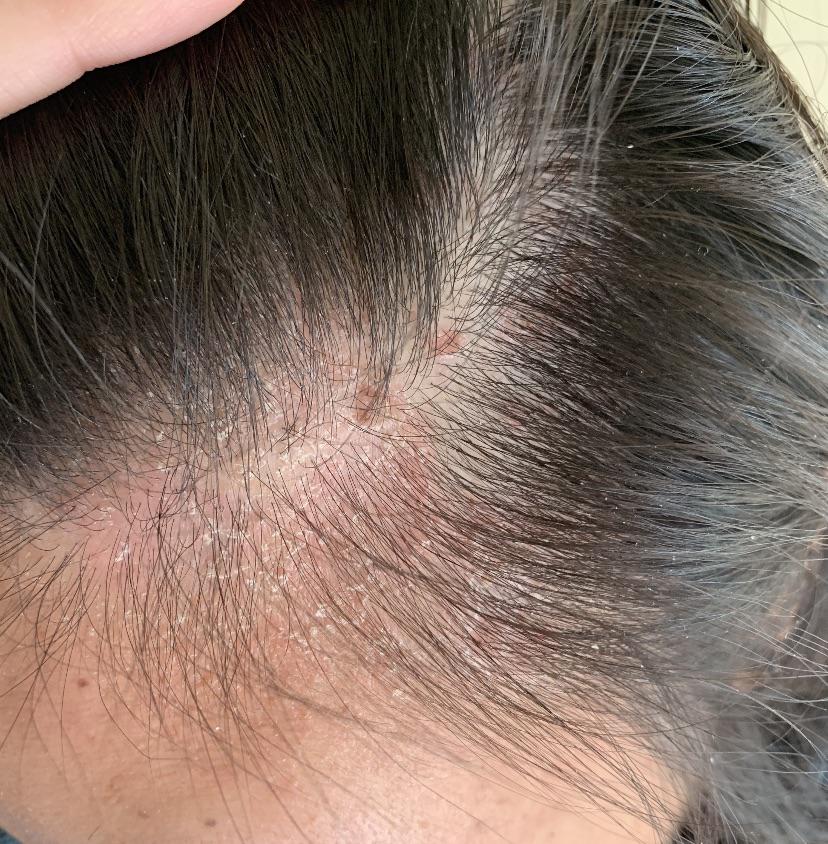
Image source: Reddit
The itching sensation caused by head lice occurs due to an allergic reaction to substances in their saliva. This allergic response triggers inflammation and irritation of the scalp, leading to persistent itching, which can vary in intensity but often becomes more pronounced at night when lice are most active.
2. The lice are visible
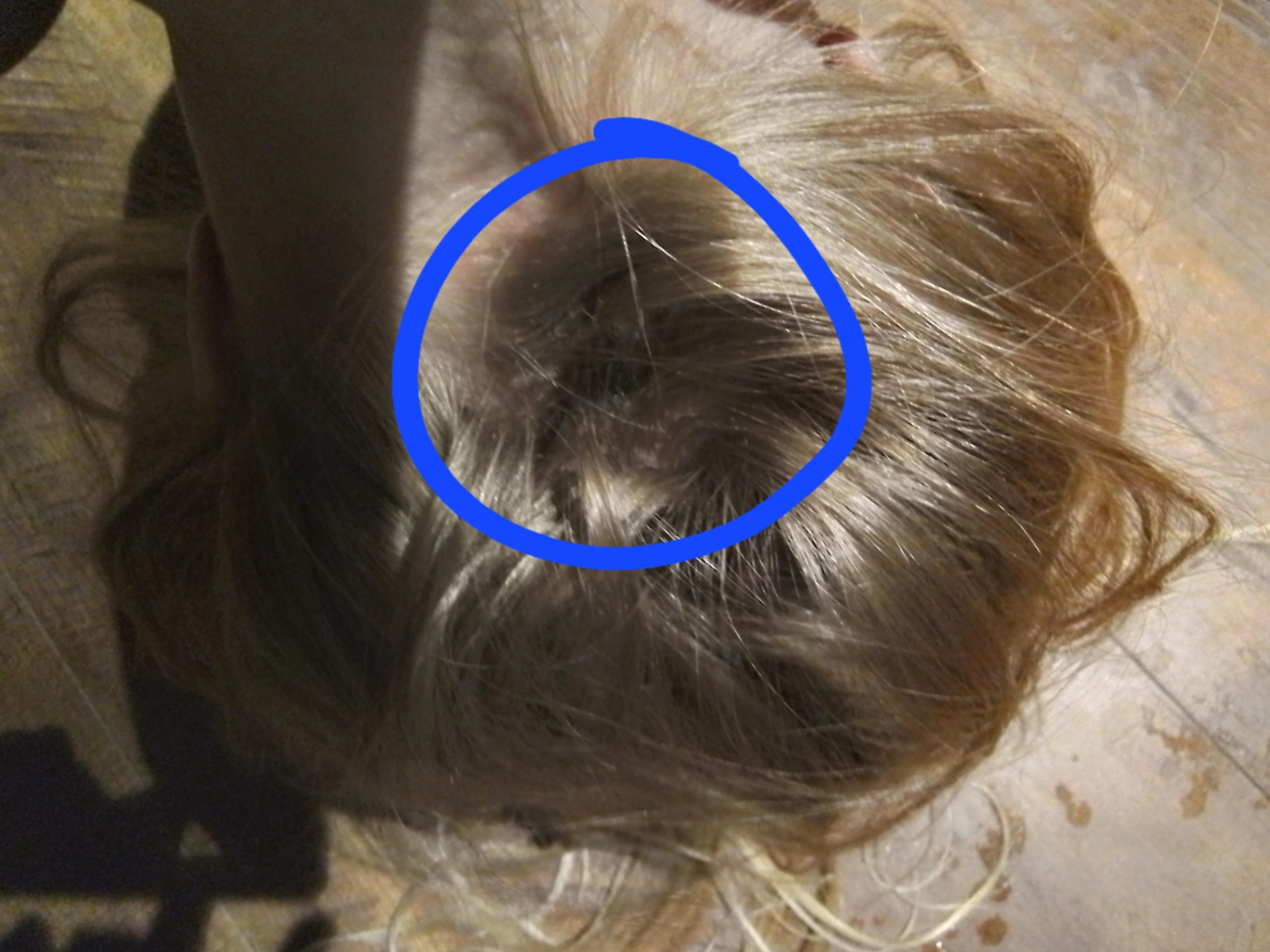
Image source: Reddit
Lice are small, wingless insects that live close to the scalp and feed on human blood. They are typically tan to grayish-white in color and about the size of a sesame seed when fully grown. Their bodies are adapted for clinging to hair shafts, making them difficult to dislodge.
3. Your child has nits (lice eggs)
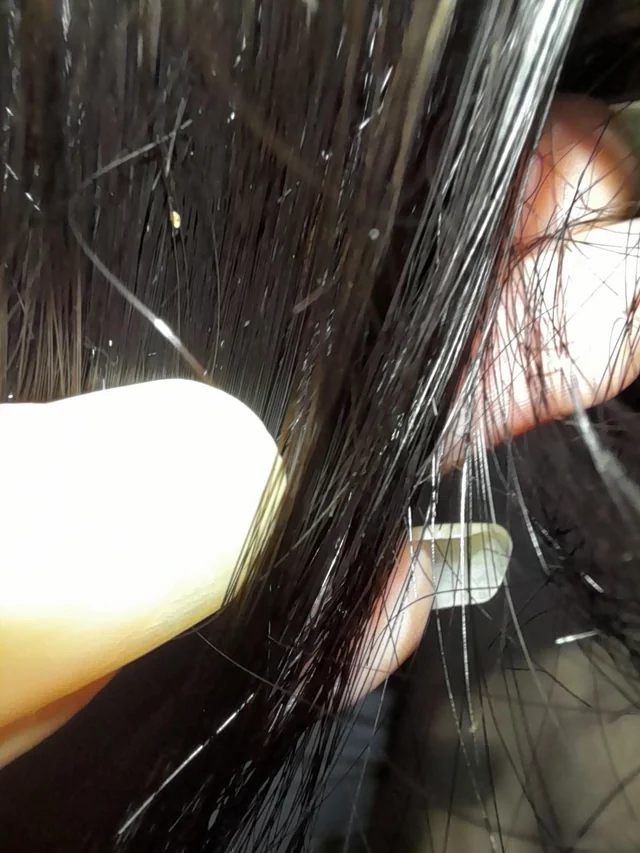
Image source: Quora
Nits are lice eggs laid by adult female lice and are firmly attached to individual hair shafts, usually within 6mm of the scalp. They appear as small, oval-shaped, whitish or yellowish structures that are often mistaken for dandruff or hair debris. Nits are a key indicator of an active infestation and are often the first sign noticed by parents or caregivers.
4. A regular tickling sensation
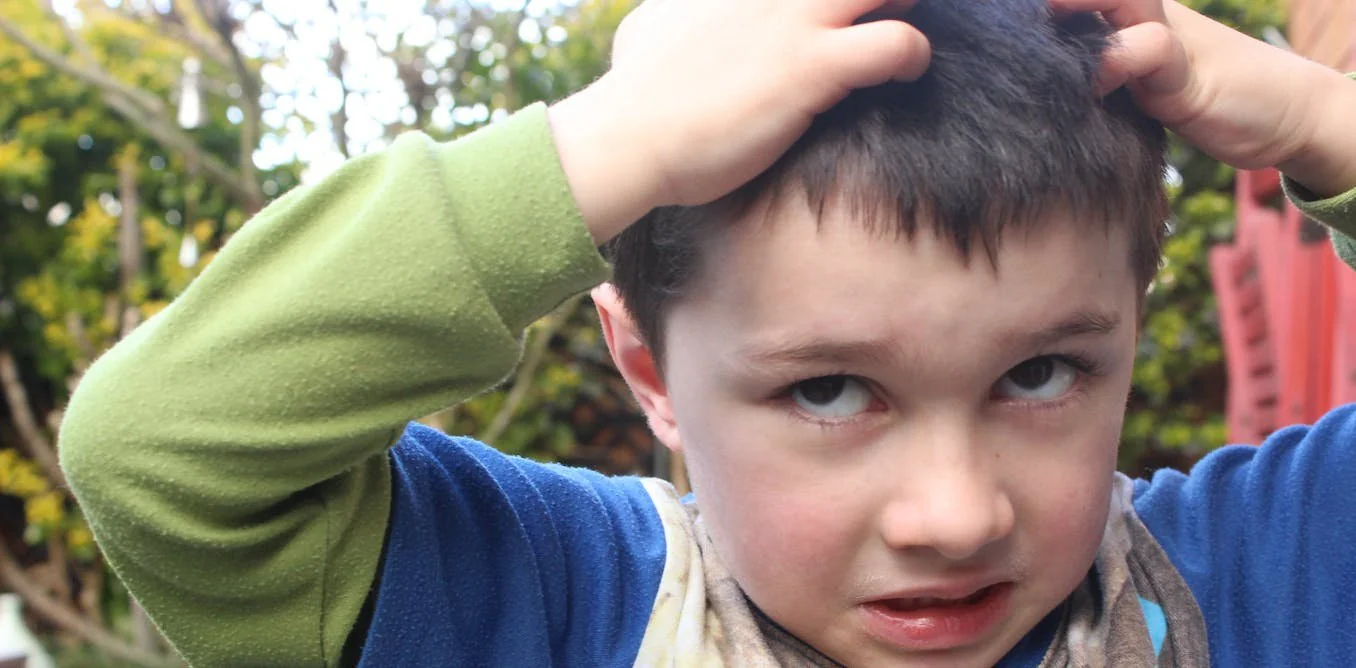
Image source: Reddit
Children may describe a sensation of something moving or tickling on their scalp, which can be attributed to the movement of lice as they crawl through the hair or the presence of nits attached to the hair shafts. This sensation can be unsettling and persistent, leading to increased scratching and discomfort.
5. Itchy, itchy, itchy!
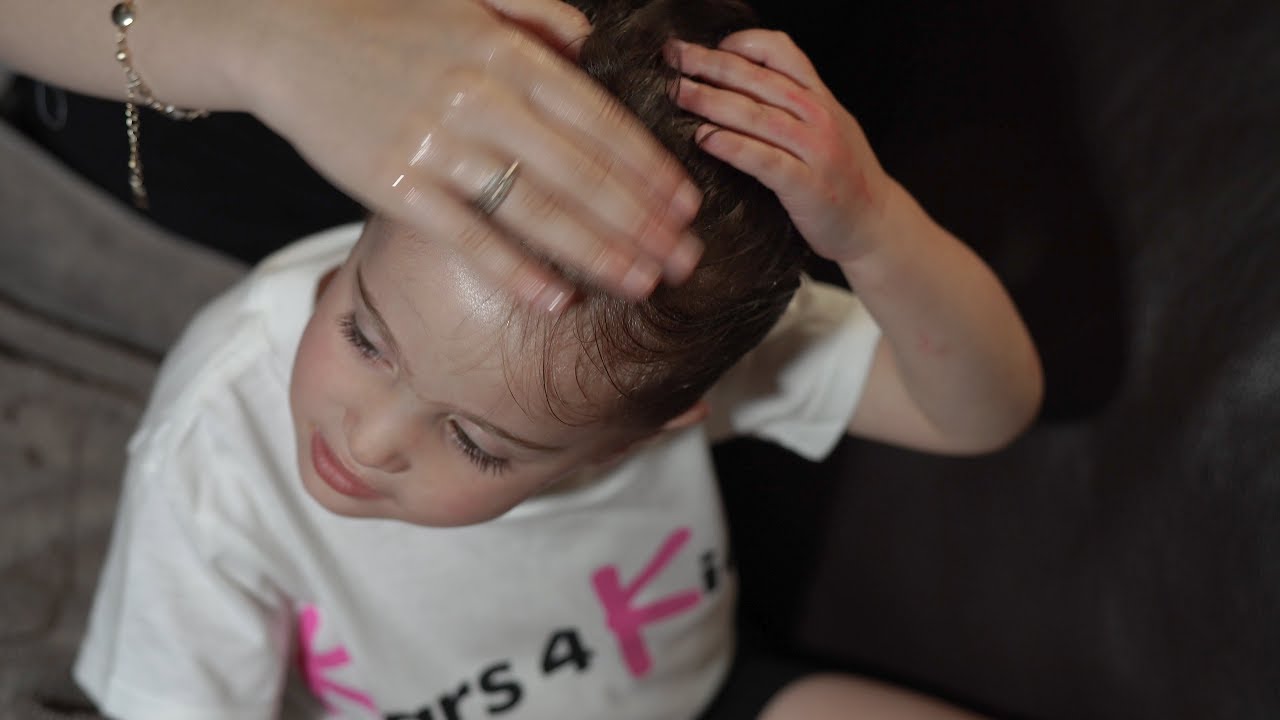
Image source: YouTube
The itching caused by head lice leads to frequent scratching of the scalp in an attempt to alleviate discomfort. While scratching may provide temporary relief, it can exacerbate irritation and inflammation of the skin, leading to secondary infections or sores.
6. There's red bumps on the scalp
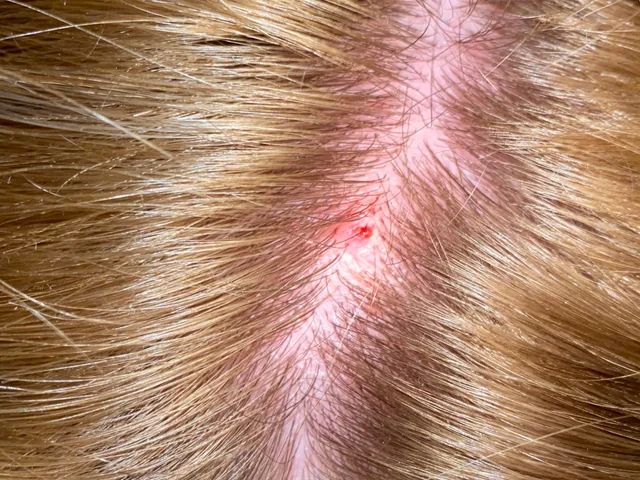
Image source: Reddit
Intense scratching can result in the formation of red, inflamed bumps or small, unsightly lesions on the scalp. These bumps may be accompanied by tenderness, pain, or a burning sensation and can become more prominent over time as the infestation progresses.
7. Your child is irritable and restless
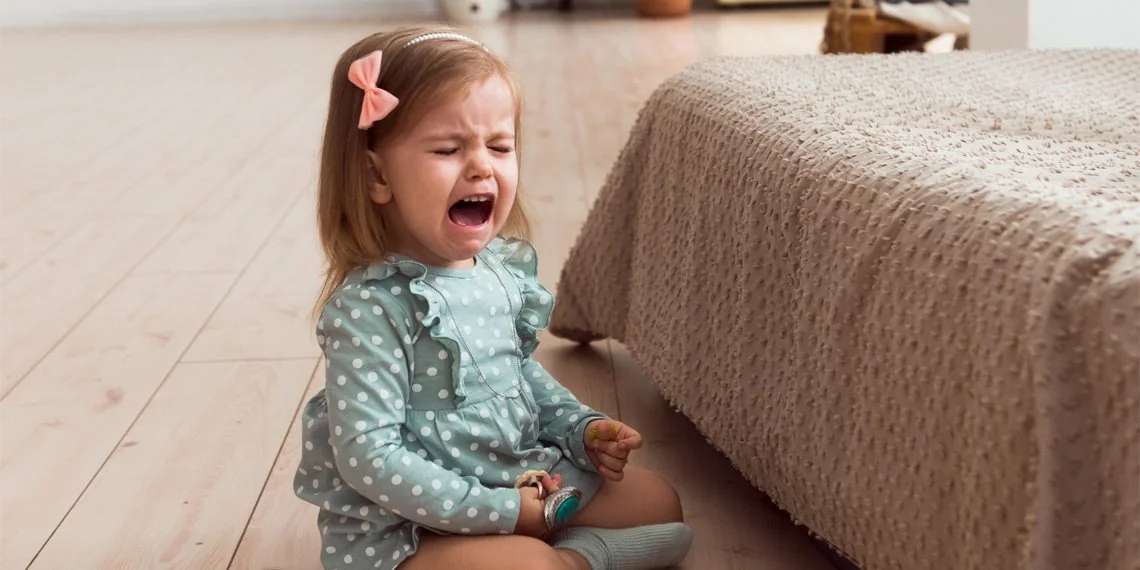
Image source: Reddit
The discomfort and frustration associated with head lice can make children irritable and restless, affecting their mood, behavior, and overall well-being. Children may become increasingly agitated, anxious, or easily distracted as they struggle to cope with the persistent itching and discomfort.
8. There's visible nits on hairbrush or comb
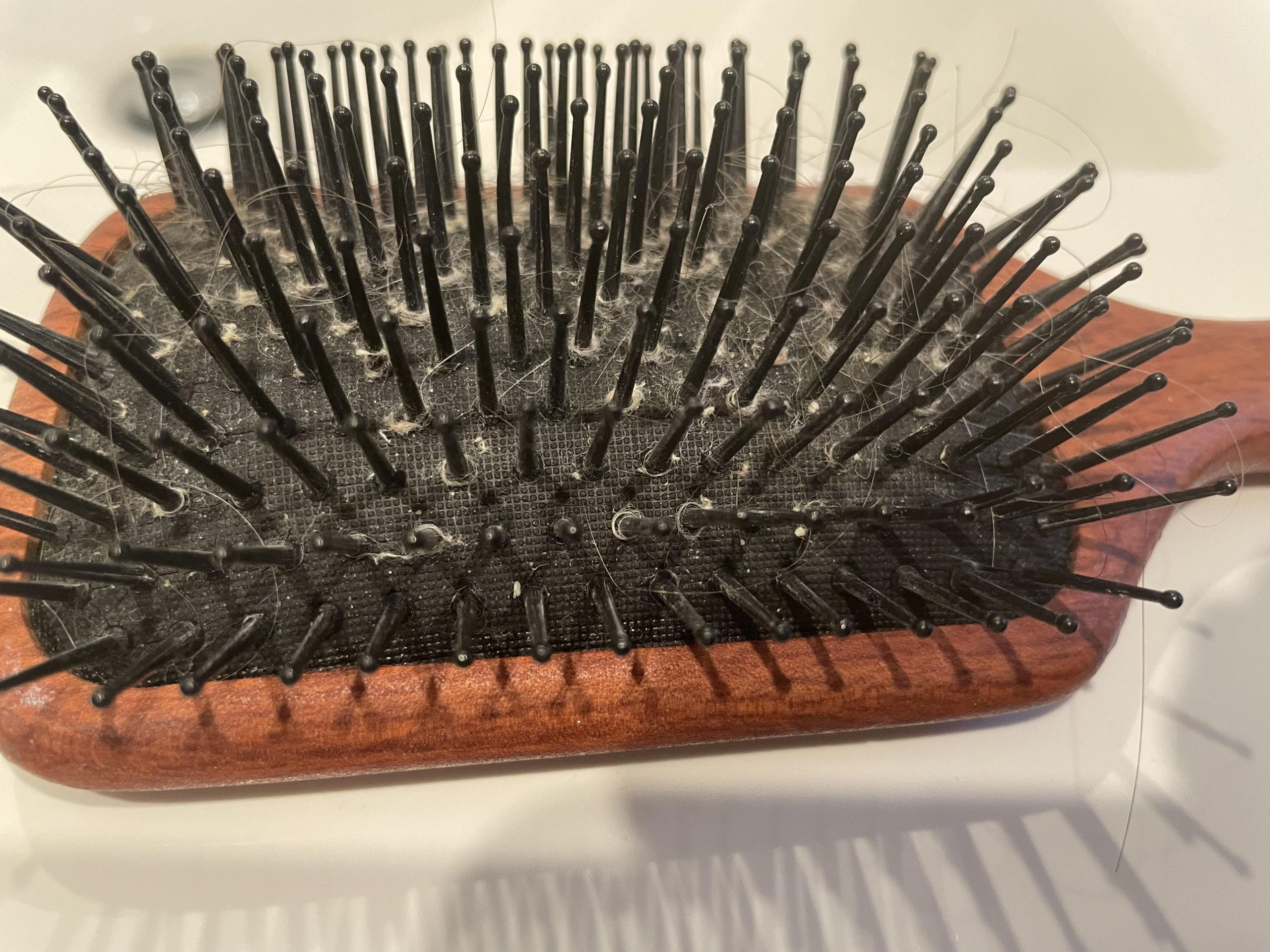
Image source: Reddit
Nits may become dislodged from the hair during combing or brushing and can be found on hairbrushes, combs, or other grooming tools. They may appear as tiny, whitish or yellowish specks adhering to the bristles or teeth of the comb and are often more visible against a contrasting background.
9. Itching makes it difficult to concentrate
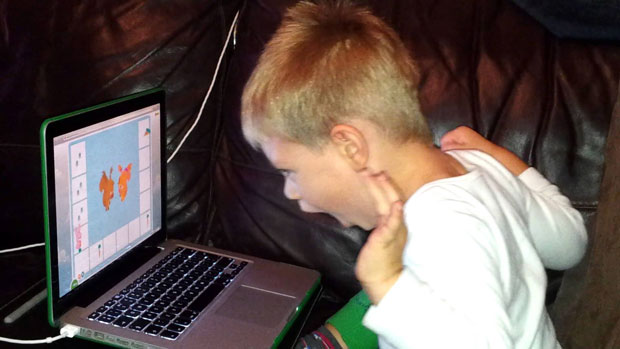
Image source: The Sun
The distraction of itching and discomfort can impair a child's ability to concentrate and focus on tasks, whether at school, home, or during recreational activities. Children may experience difficulty retaining information, following instructions, or completing assignments as their attention is diverted by the persistent urge to scratch.
10. Presence of lice droppings - ugh!
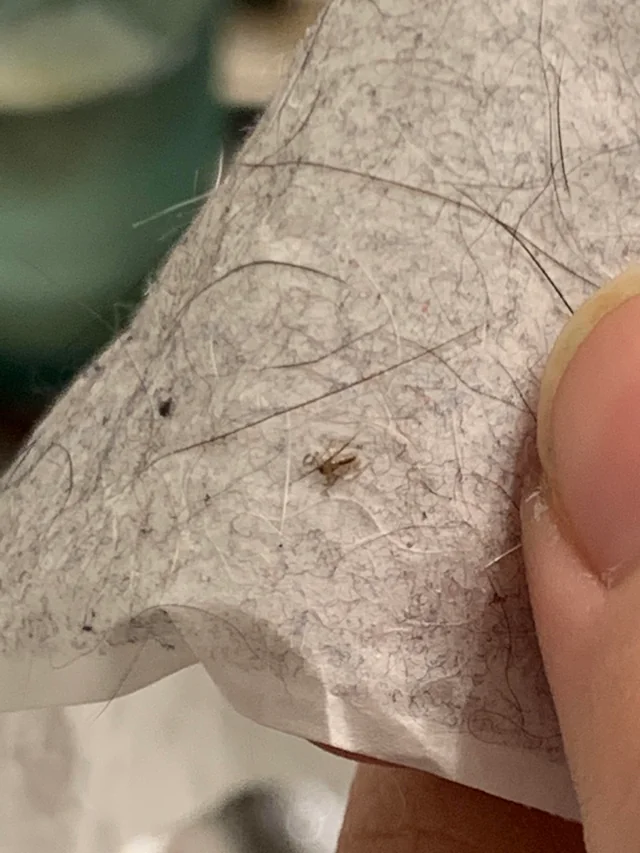
Image source: Reddit
Lice droppings, also known as faeces or frass, are small black or brown specks that may be visible on the scalp, clothing, or bedding. These droppings are excreted by lice after feeding on blood and serve as a visible indicator of lice activity in the affected area.
11. Swollen lymph nodes at back of neck
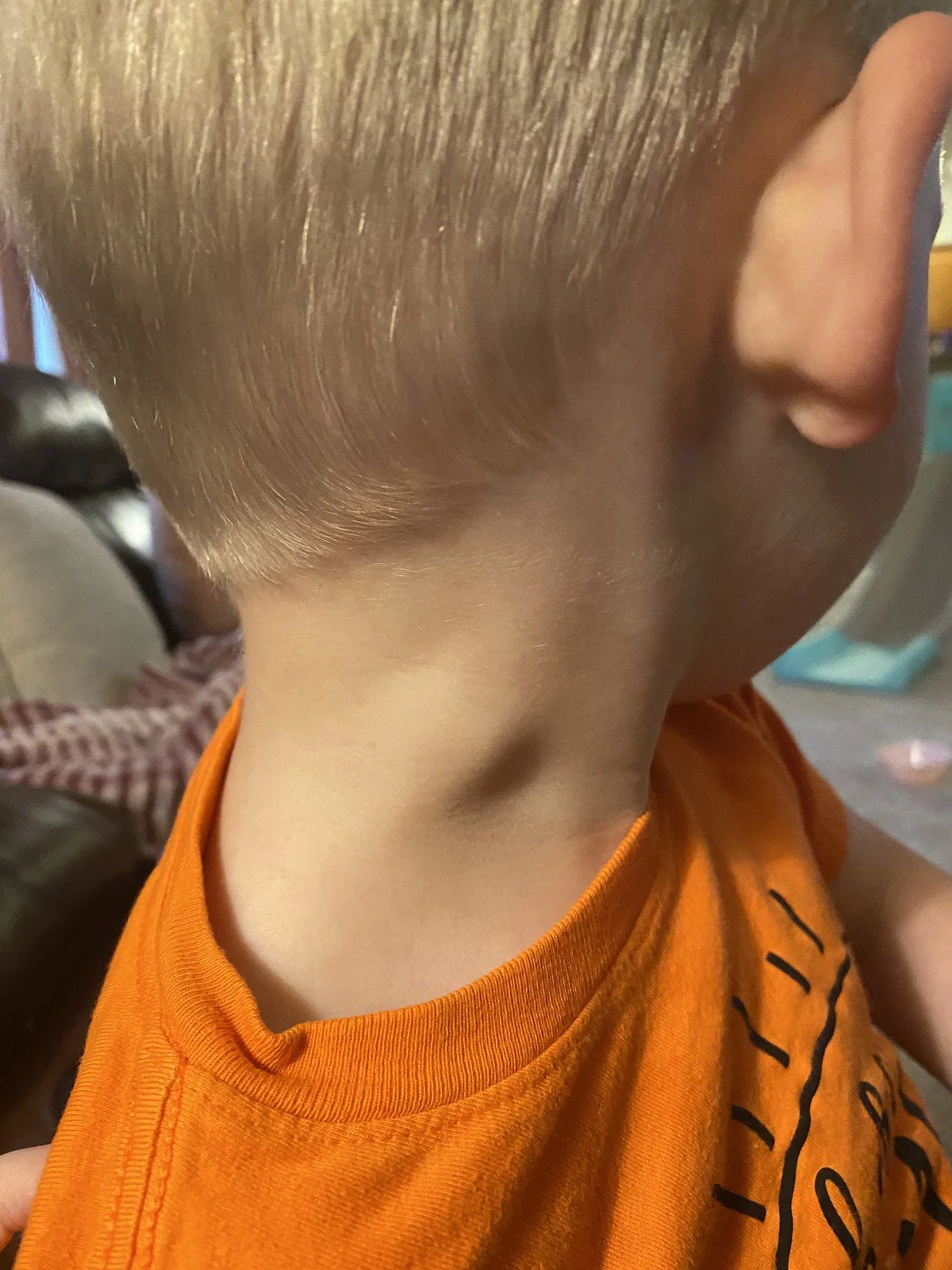
Image source: Reddit
Swollen lymph nodes, particularly those located at the back of the head or neck, may occur in response to the presence of lice and their saliva. Lymph nodes play a crucial role in the body's immune response and may become enlarged or tender as the immune system mounts a defense against the infestation.
12. Your child can't sleep
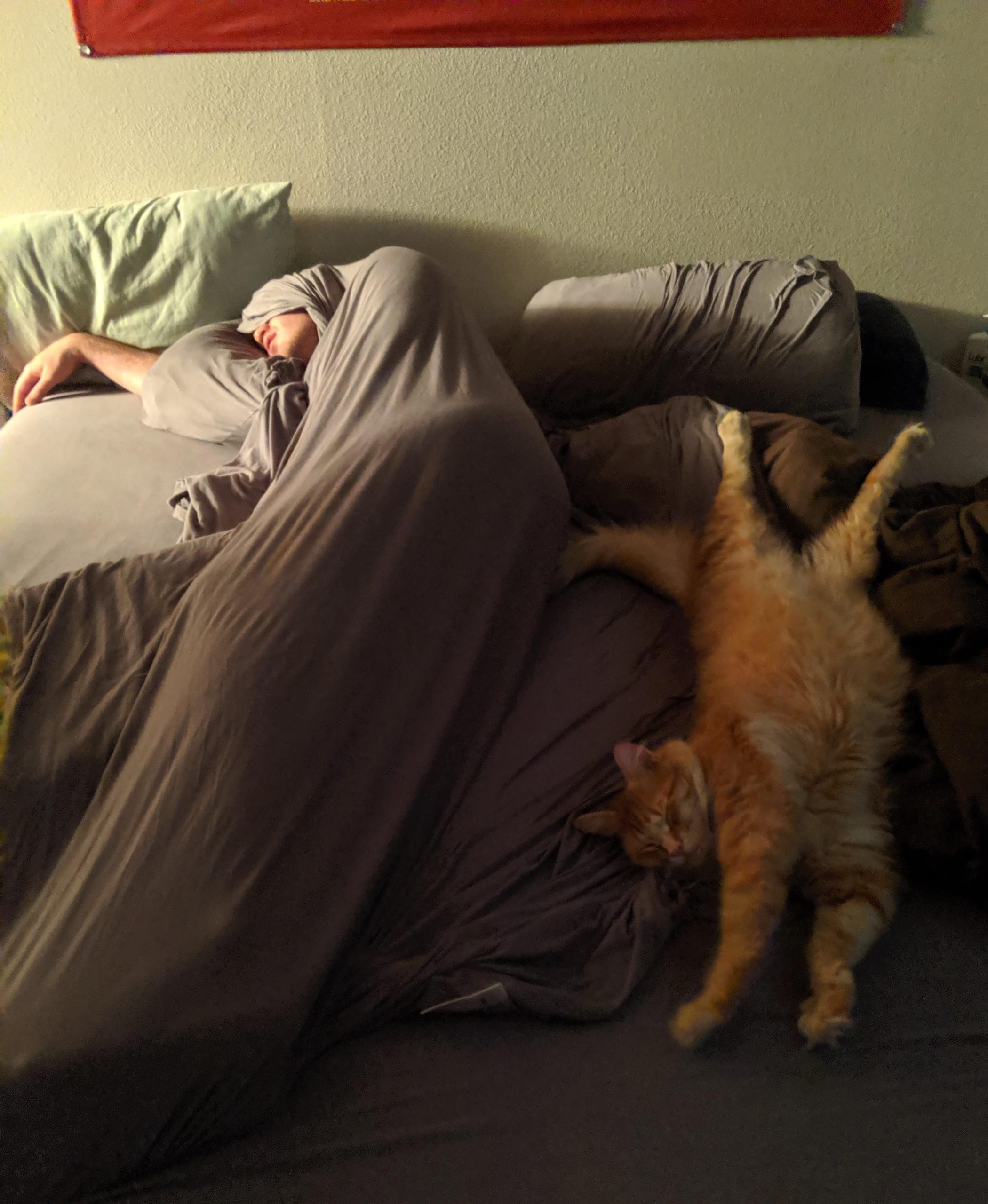 Image source: Reddit
Image source: Reddit
The itching and discomfort associated with head lice can disrupt normal sleep patterns, making it difficult for children to fall asleep or stay asleep throughout the night. Children may experience restlessness, insomnia, or frequent awakenings as they struggle to find relief from the persistent itching and irritation.
13. Hair loss from scratching
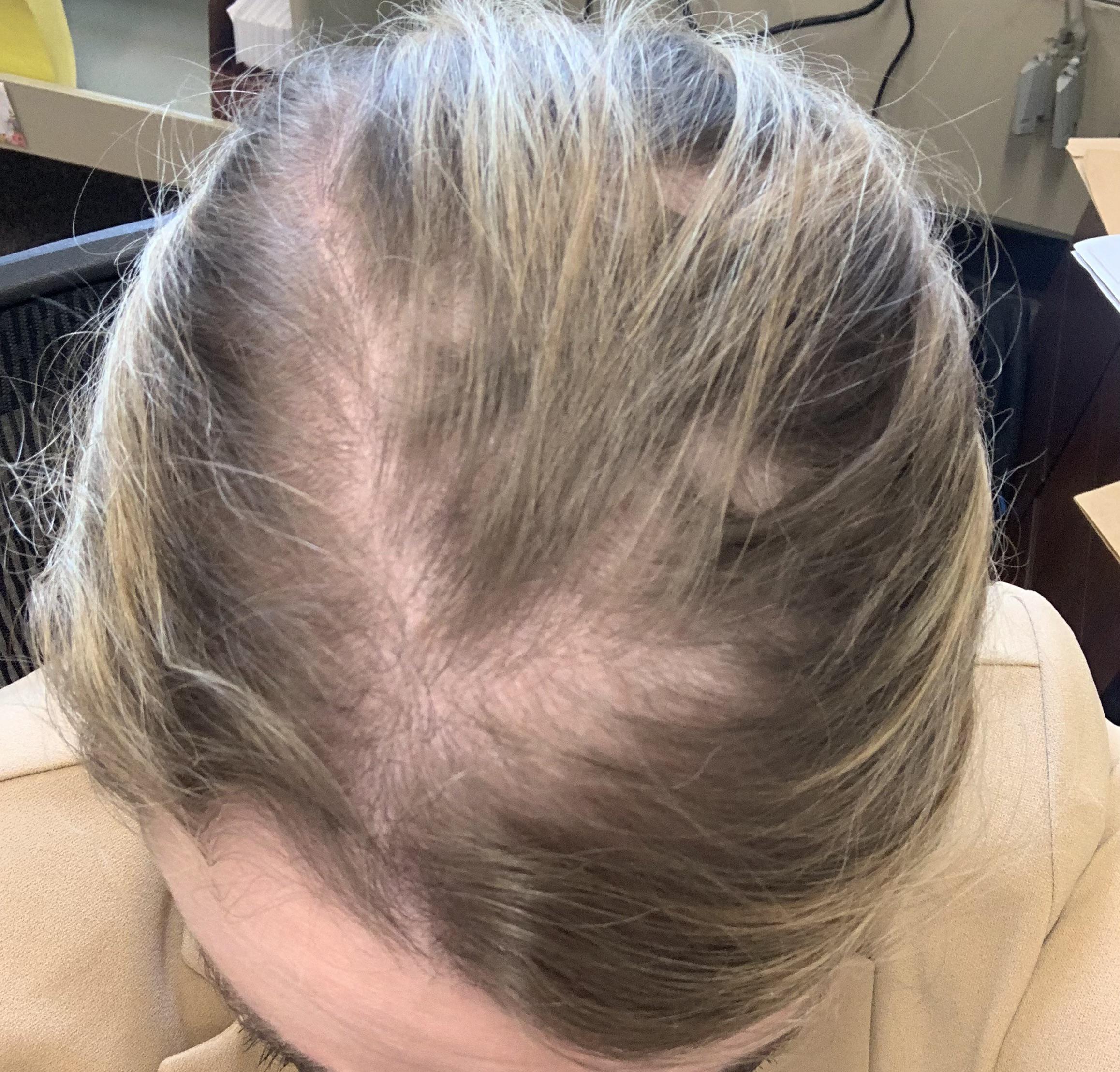 Image source: Reddit
Image source: Reddit
Prolonged scratching and friction can lead to hair loss or thinning in affected areas of the scalp. Hair loss may be more noticeable in severe cases of infestation or in areas where scratching is most intense, resulting in patchy or uneven hair growth over time.
14. There's visible redness on scalp
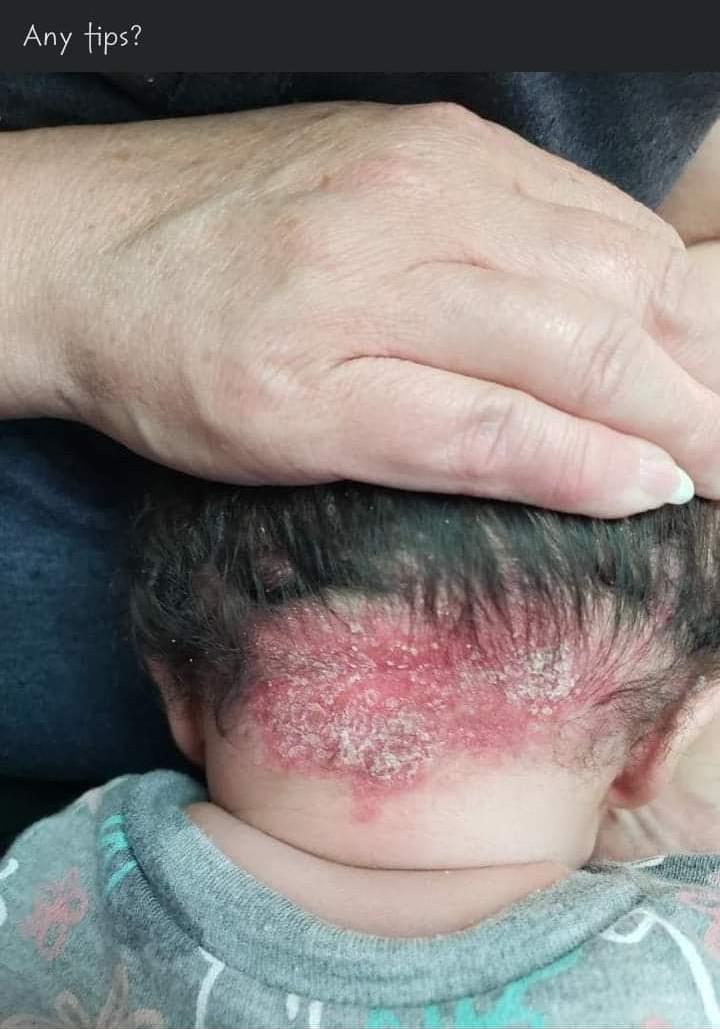
Image source: Reddit
The constant scratching and irritation of the scalp can cause the skin to become red, inflamed, and tender to the touch. Redness may be localized to specific areas of the scalp or may be more widespread depending on the severity of the infestation and the individual's scratching behavior.
15. Your child has frequent headaches
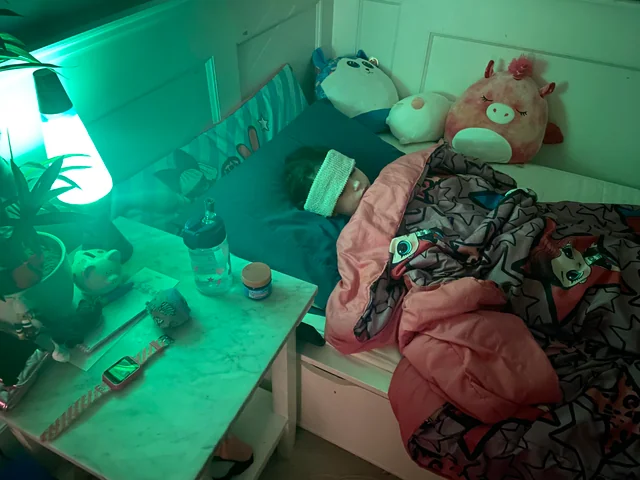
Image source: Reddit
Headaches may occur as a secondary symptom of head lice infestation, particularly in cases where persistent itching and discomfort lead to increased tension and stress. Children may experience headaches of varying intensity, ranging from mild to severe, which can interfere with daily activities and quality of life.
16. Visible lice or nits on materials or bedding
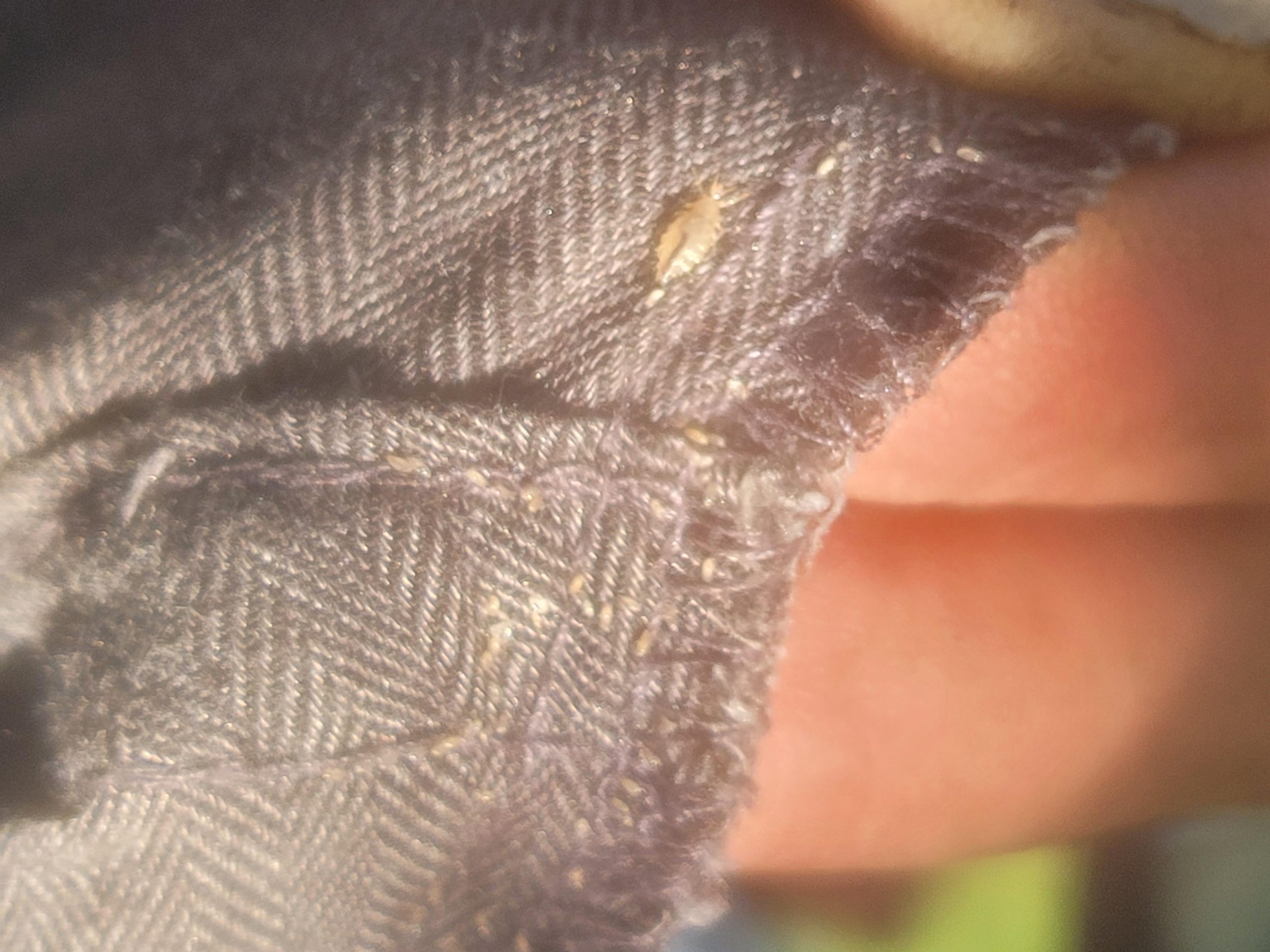
Image source: Reddit
Lice or nits may be transferred to bedding, particularly pillowcases, sheets, or blankets, where they can be easily seen upon close inspection. Laundering bedding in hot water and drying it on high heat can help kill lice and remove nits, reducing the risk of reinfestation.
17. Feelings of embarrassment
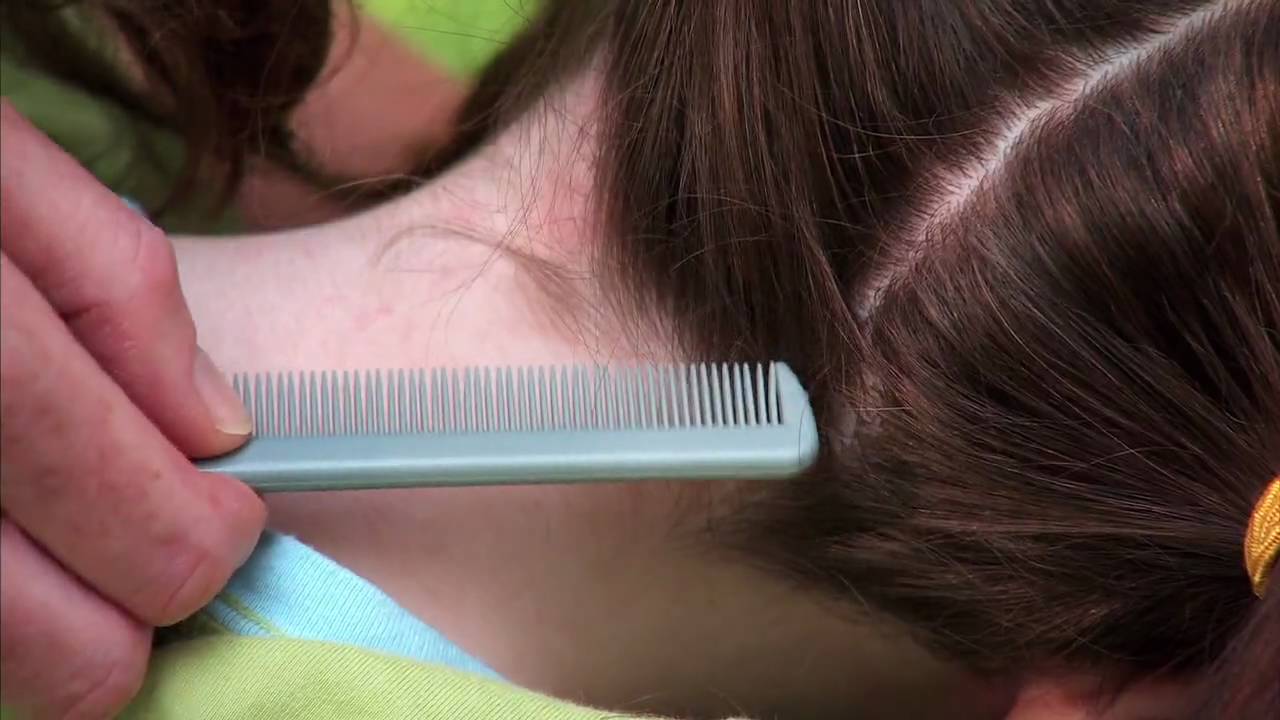
Image source: Reddit
Children may feel embarrassed or ashamed if they suspect they have head lice, particularly if they perceive it as a sign of poor hygiene or cleanliness. It's important for parents and caregivers to provide reassurance and support, emphasizing that head lice are a common and treatable condition that can affect anyone, regardless of personal hygiene habits.
18. Presence of lice on family members
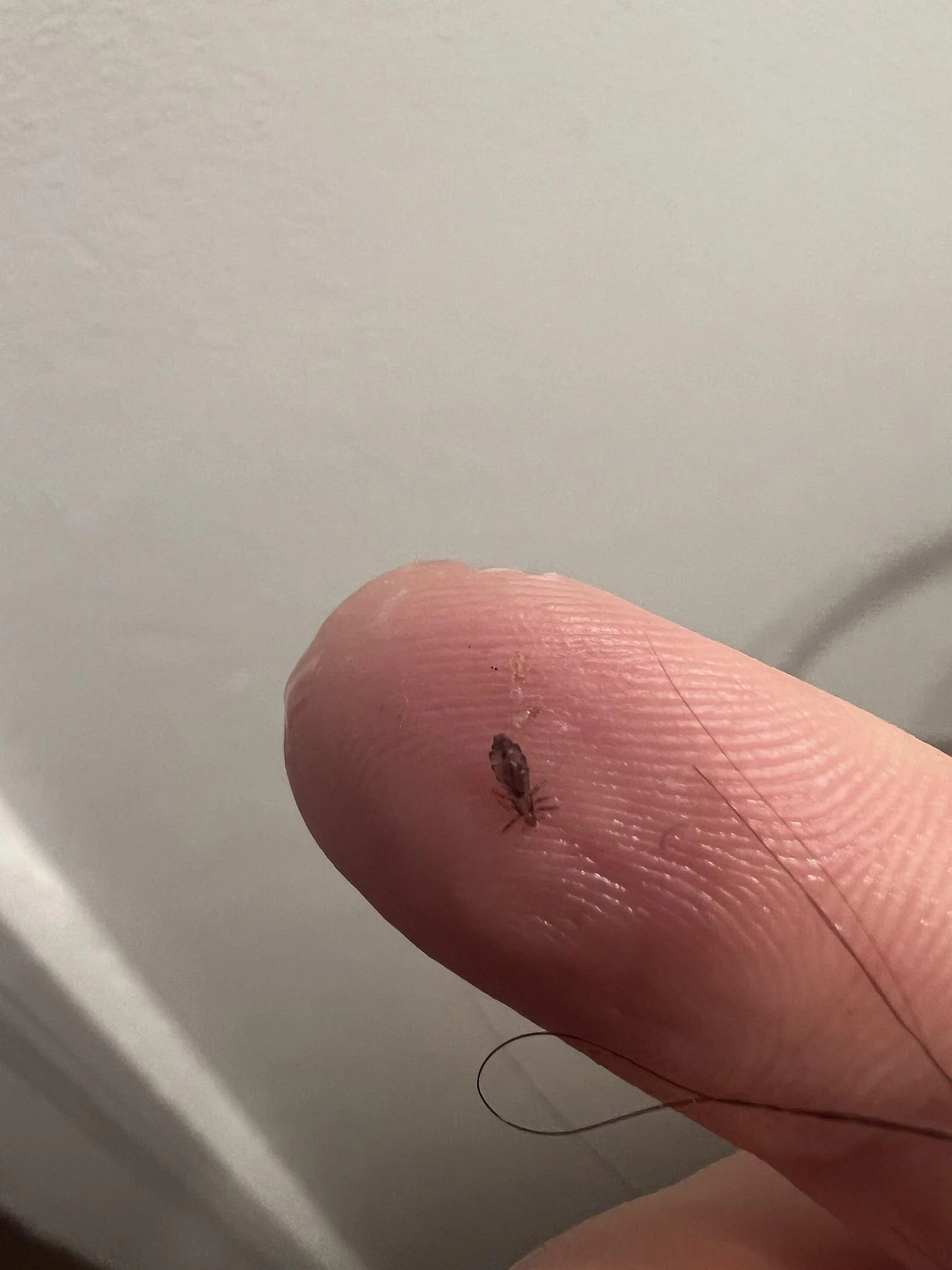
Image source: Reddit
Other family members should be checked for head lice if one child is found to be infested, as close contact and shared belongings increase the risk of transmission within the household. Prompt identification and treatment of all affected individuals can help prevent the spread of head lice and minimize the risk of reinfestation.
19. Visible sores on scalp
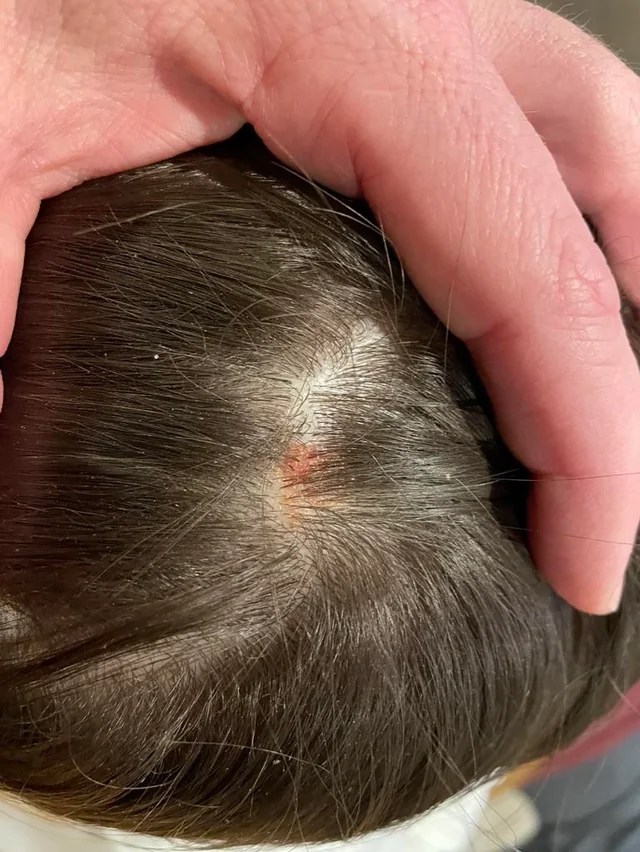
Image source: Reddit
The repeated scratching of the scalp can cause abrasions, sores, or scabs to develop, particularly in areas where the skin is broken or irritated. These sores may be painful, tender, or prone to infection if not properly cleaned and treated with antiseptic ointments or solutions.
20. Irritable when hair is being washed
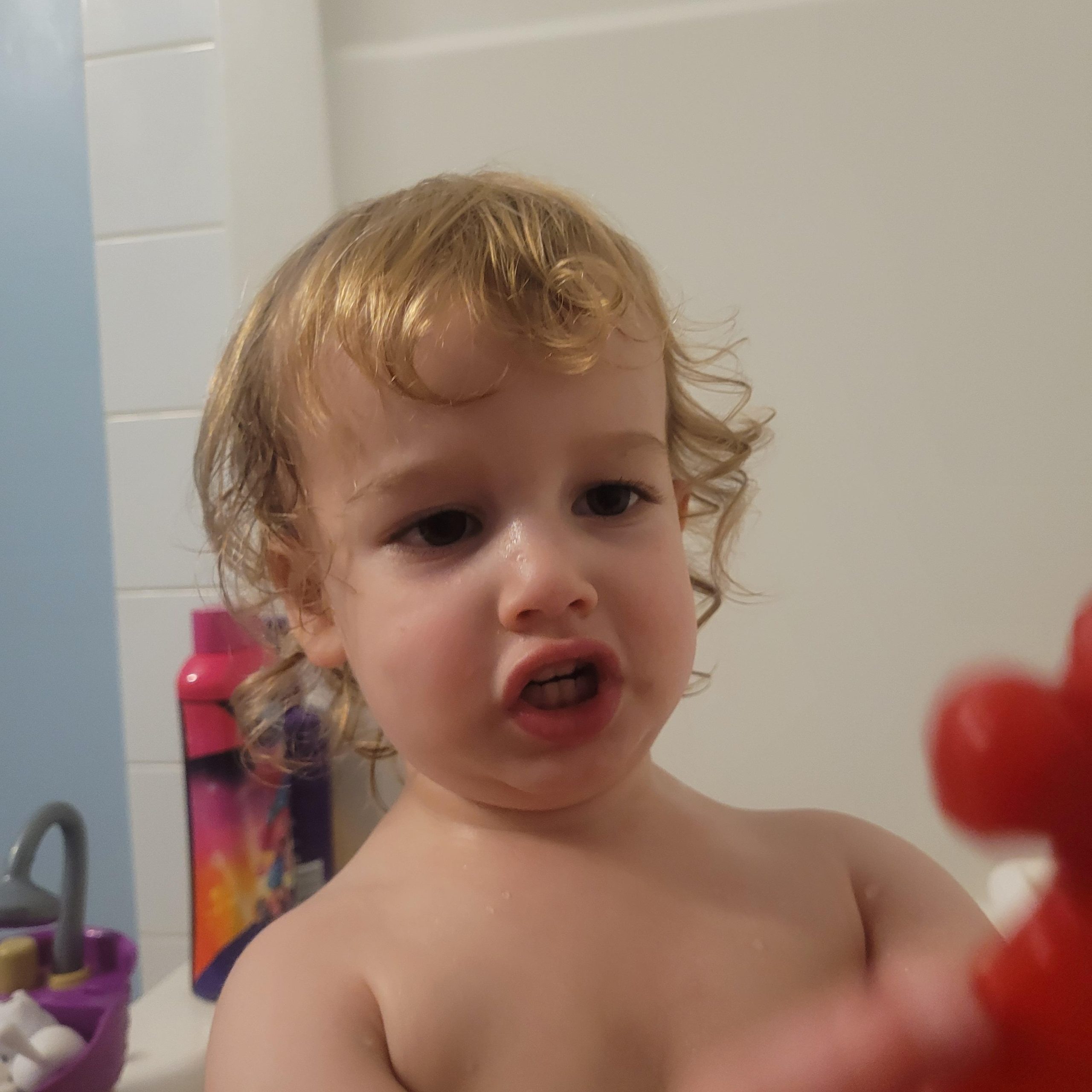
Image source: Reddit
Children with head lice may become more irritable or resistant during hair washing sessions, particularly when shampoo is applied. The sensation of water and shampoo can exacerbate the itching and discomfort caused by head lice, leading to increased irritability and reluctance to participate in hair care routines
21 .Presence of lice or nits in hats or hair accessories
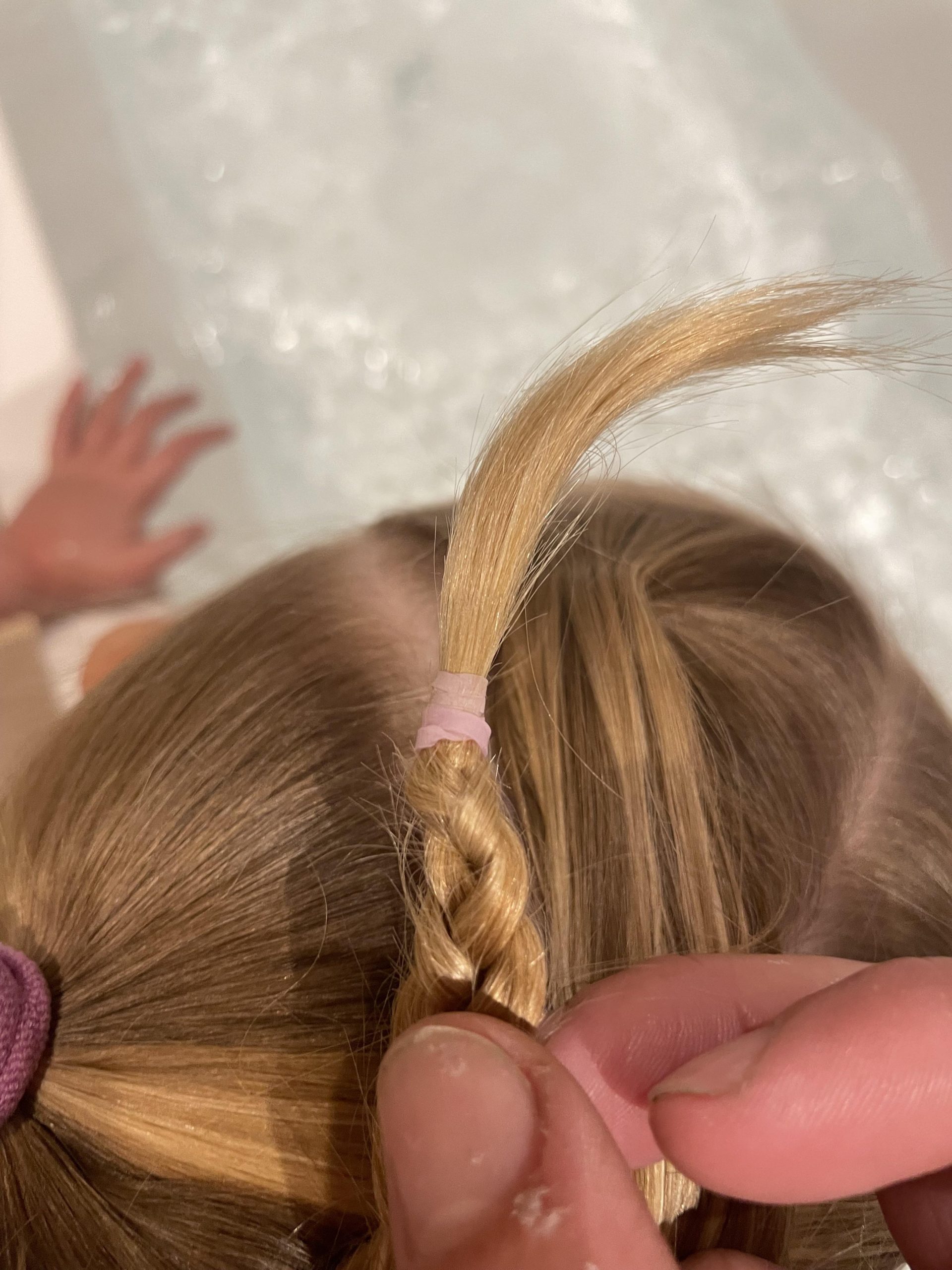
Image source: Reddit
Lice or nits may be found in hats, hairbands, or other hair accessories that your child frequently uses. Lice and nits can cling to fabric fibers and may be transferred to hats or hair accessories through direct contact with an infested person or shared storage spaces.
22. Noticeable sores behind ears or on neck
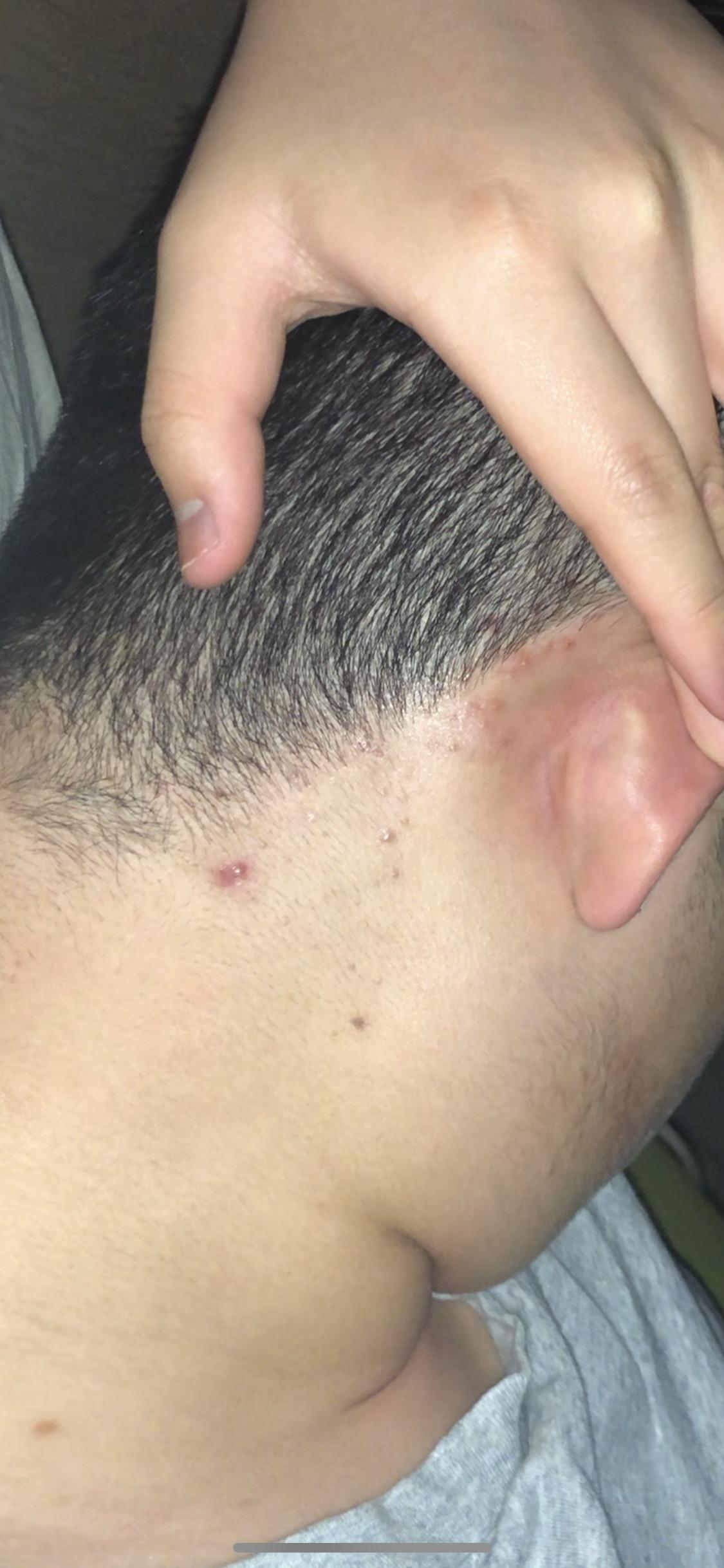
Image source: Reddit
Scratching behind the ears or on the neck can cause sores or redness in those areas. With much discomfort for the child, the constant scratching of irritated skin can lead to abrasions, cuts, or open wounds, which may become infected if not properly cleaned and treated.
23. Visible lice crawling on clothing
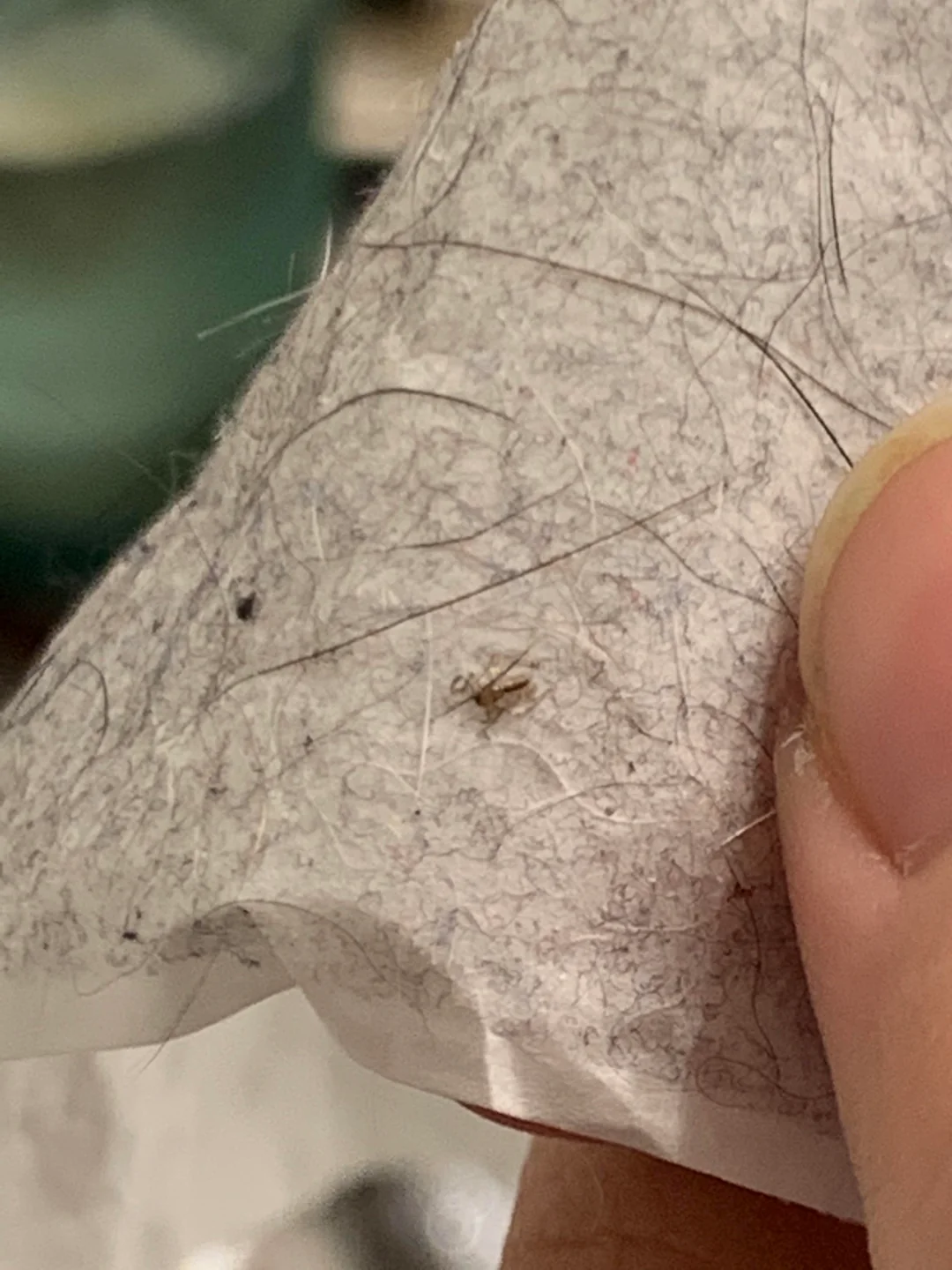
Image source: Reddit
Lice can sometimes crawl onto clothing, especially collars or hoods, and may be visible to the naked eye. Lice are agile and can move quickly, particularly in response to disturbances or changes in their environment. Finding lice on clothing may indicate a significant infestation and warrants immediate treatment.
24. Persistent coughing
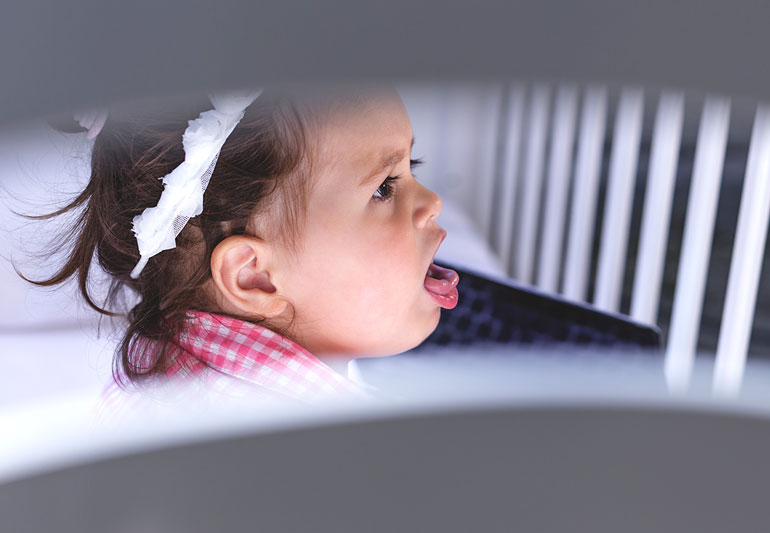
Image source: Reddit
Although less common, lice can migrate to the eyebrows or eyelashes, causing irritation and leading to persistent coughing due to the urge to clear the throat. This symptom is often associated with the presence of lice or their fecal matter near the eyes or nasal passages, triggering an immune response and cough reflex in affected individuals.
25. Complaints of feeling something moving in hair
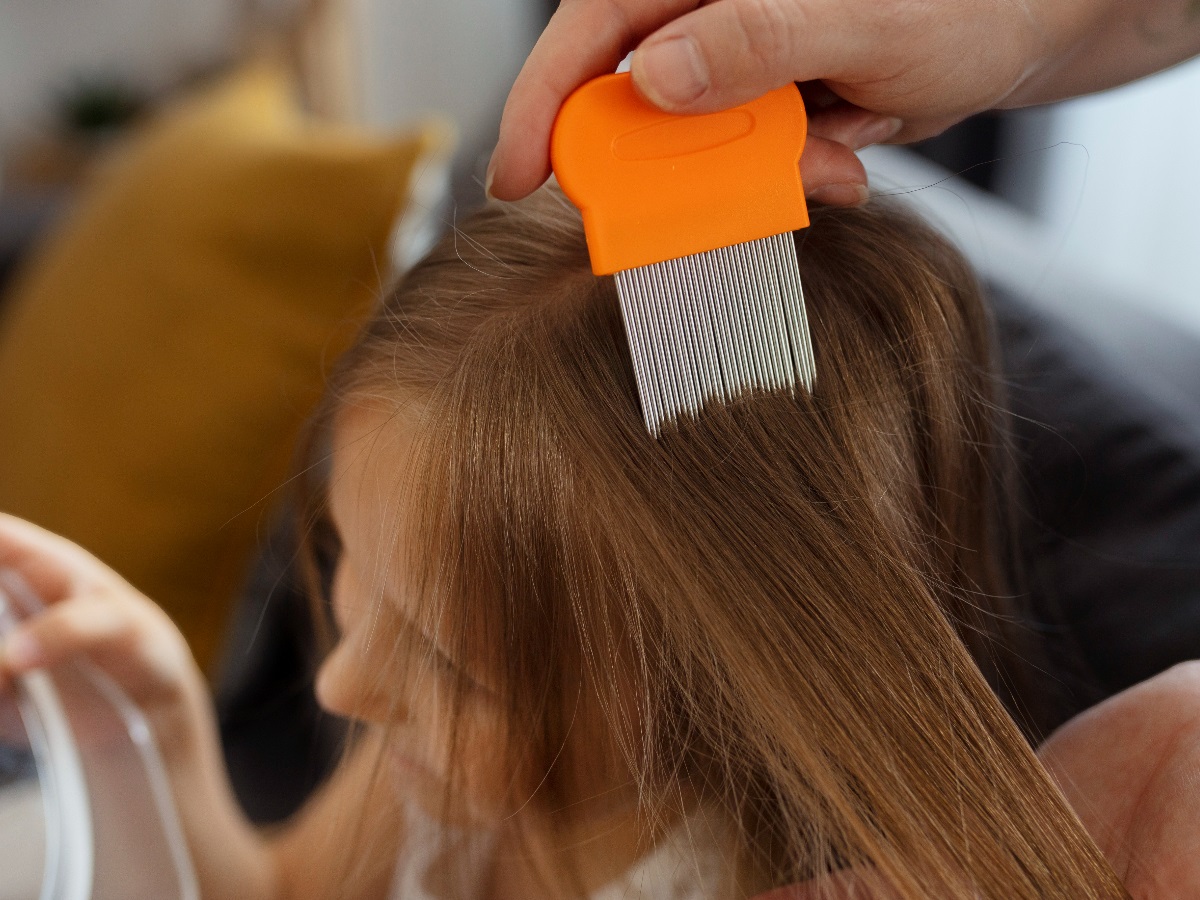
Image source: Reddit
Children may express sensations of something moving or crawling in their hair or scalp. This sensation is often attributed to the movement of lice as they feed on blood or the presence of nits attached to the hair shafts. Children may describe the feeling as tickling, itching, or crawling, prompting them to scratch or rub their heads.
26. Presence of lice or nits in carpets or upholstery
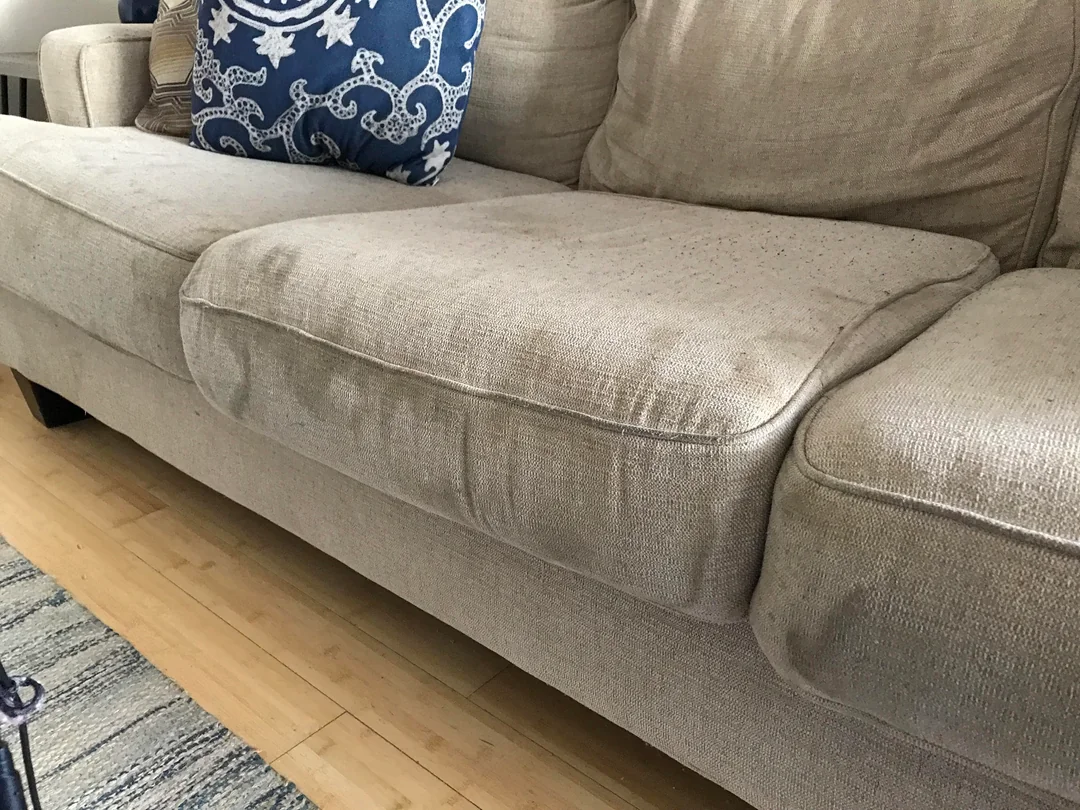
Image source
Lice or nits may fall off the scalp and become trapped in carpets, upholstery, or other fabrics where your child spends time. Infested bedding, furniture, or rugs can serve as reservoirs for lice and nits, increasing the risk of reinfestation and complicating efforts to eradicate head lice from the home environment.
27. Visible scalp irritation
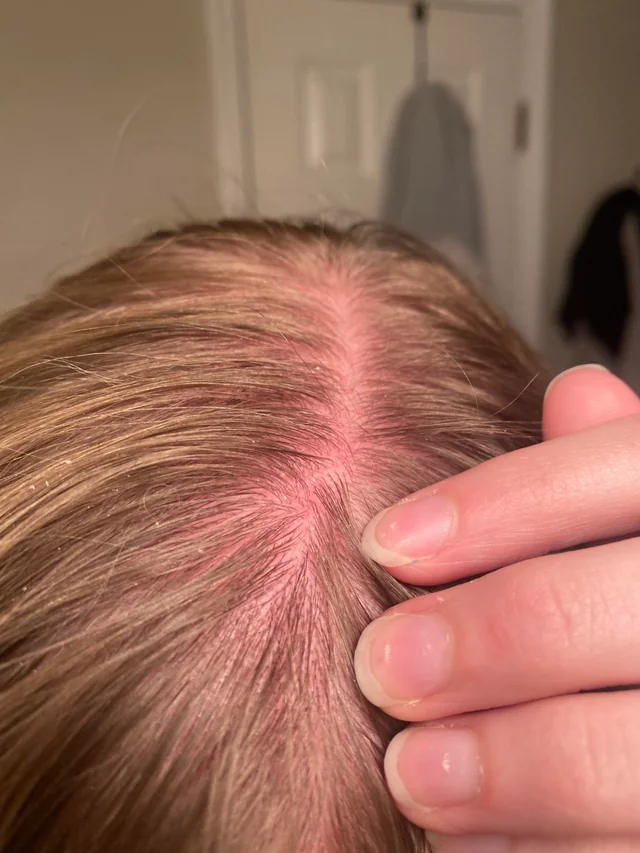
Image source: Reddit
The scalp may appear red, inflamed, or irritated due to the presence of lice and repeated scratching. The constant friction and abrasion caused by scratching can damage the skin barrier, leading to inflammation, swelling, and tenderness of the scalp. Visible signs of irritation may be more pronounced in areas where lice are concentrated.
28. Excessive dandruff-like flakes
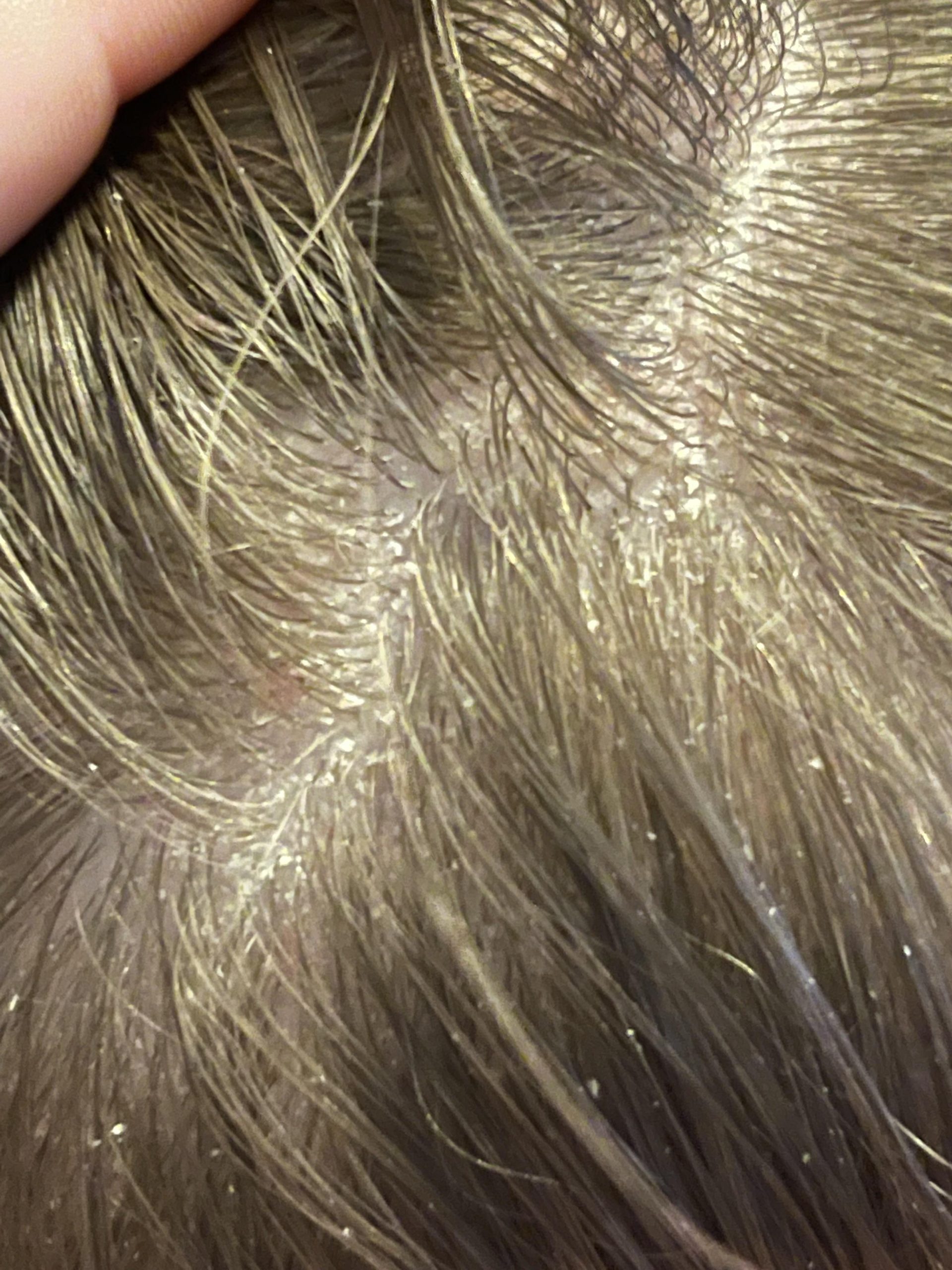
Image source: Reddit
Some children may experience excessive flaking that resembles dandruff due to lice activity. Lice eggs (nits) attached to the hair shafts can sometimes be mistaken for dandruff flakes, particularly if they are located close to the scalp and blend in with the surrounding hair. Excessive flaking may be accompanied by itching, redness, or scalp irritation.
29. Visible lice or nits on hairline or forehead
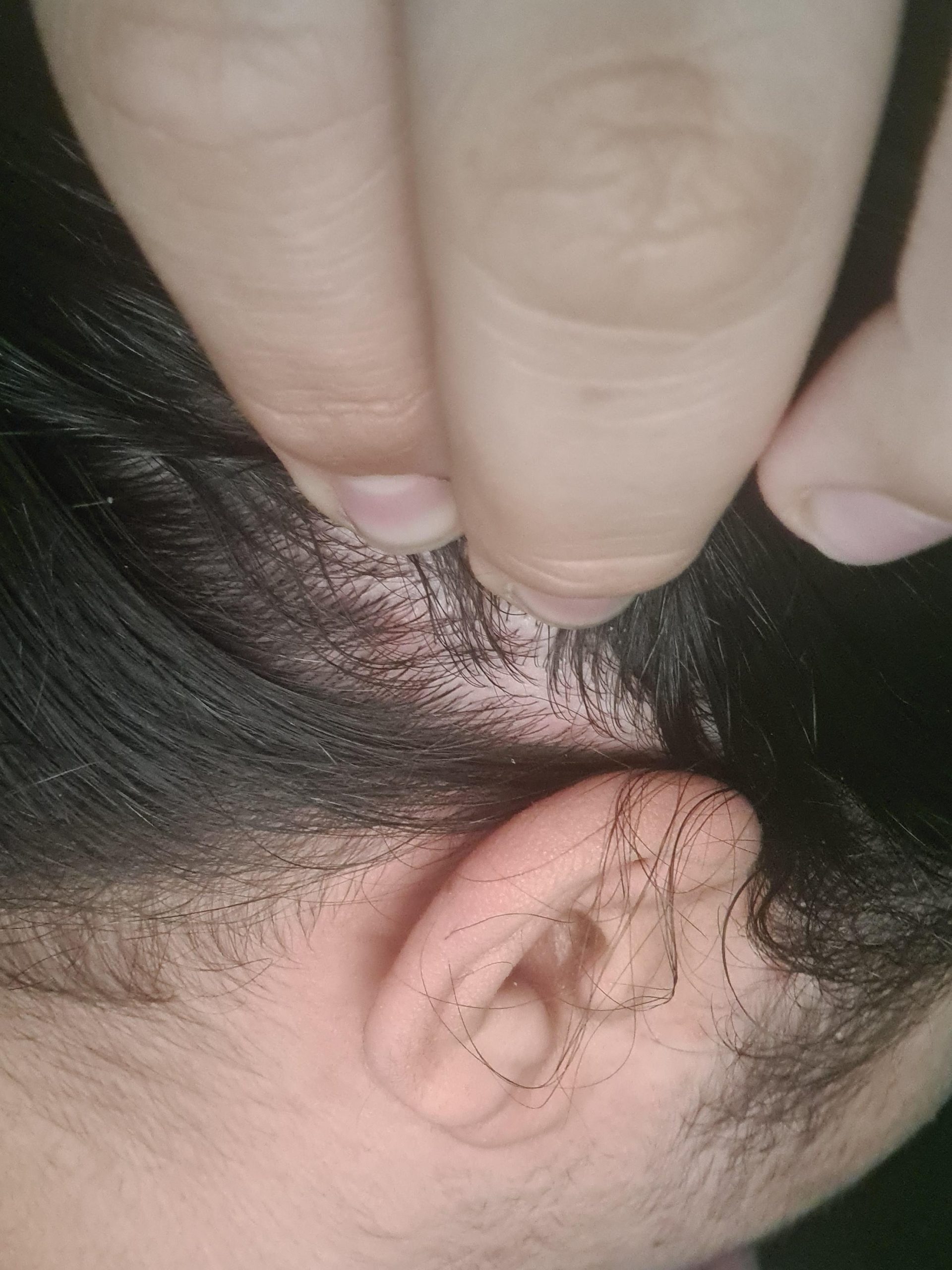
Image source: Reddit
Lice or nits may be visible along the hairline or forehead, particularly if the infestation is severe. Lice and nits tend to congregate near the scalp, where they can feed on blood and lay eggs in optimal conditions. Close examination of the hairline and forehead may reveal the presence of lice or nits attached to the hair shafts or nestled among the hair strands.
30. Noticeable lice movement
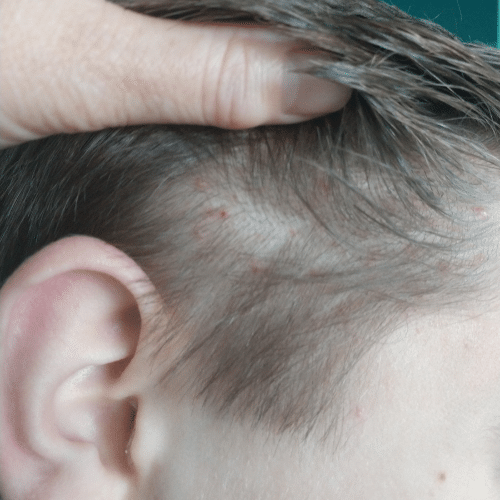
Image source: The Sun
When parting the hair, lice may be observed moving around, particularly near the scalp or hair roots. Lice are agile and can move quickly through the hair, making them difficult to capture or remove without proper combing techniques and treatment methods.
31. How children can catch head lice - Sharing personal items
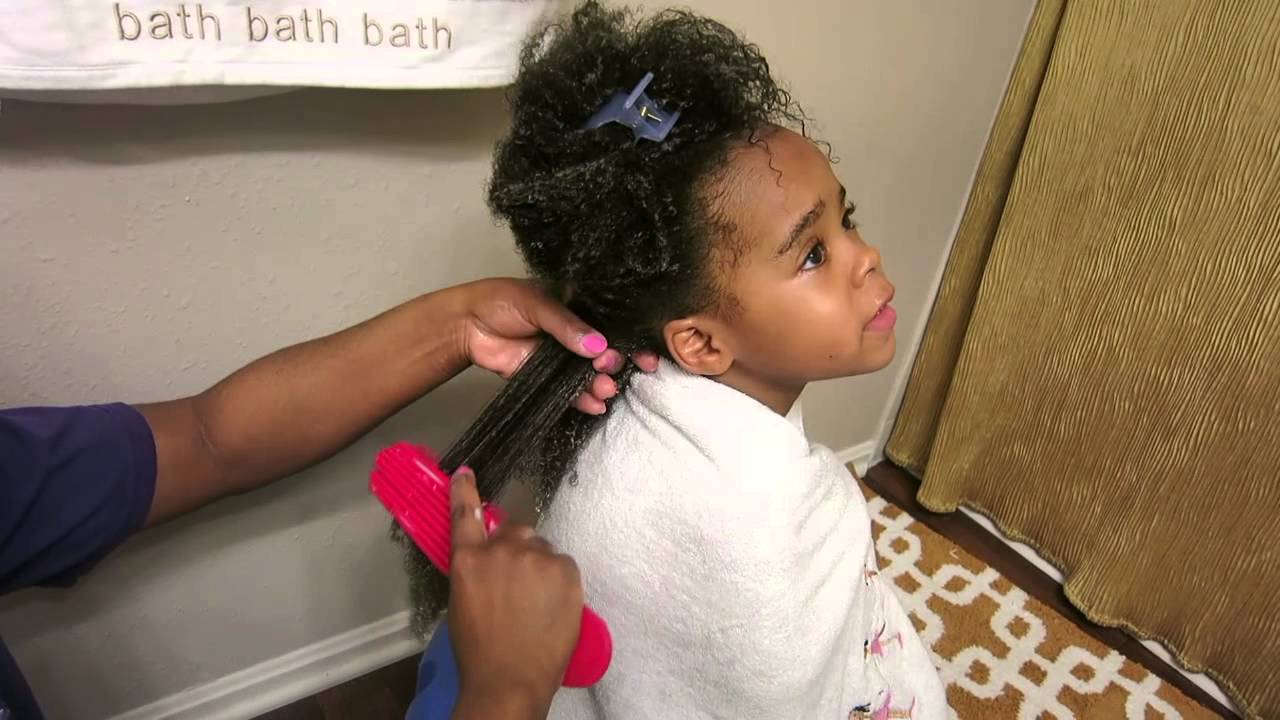
Image source: Reddit
Lice can easily transfer from one person to another through the sharing of personal items. Hats, scarves, hairbrushes, combs, headphones, or hair accessories can all harbor lice or nits and serve as vehicles for transmission. When children share these items, lice can hitch a ride and infest a new host upon contact.
32. Close contact at school
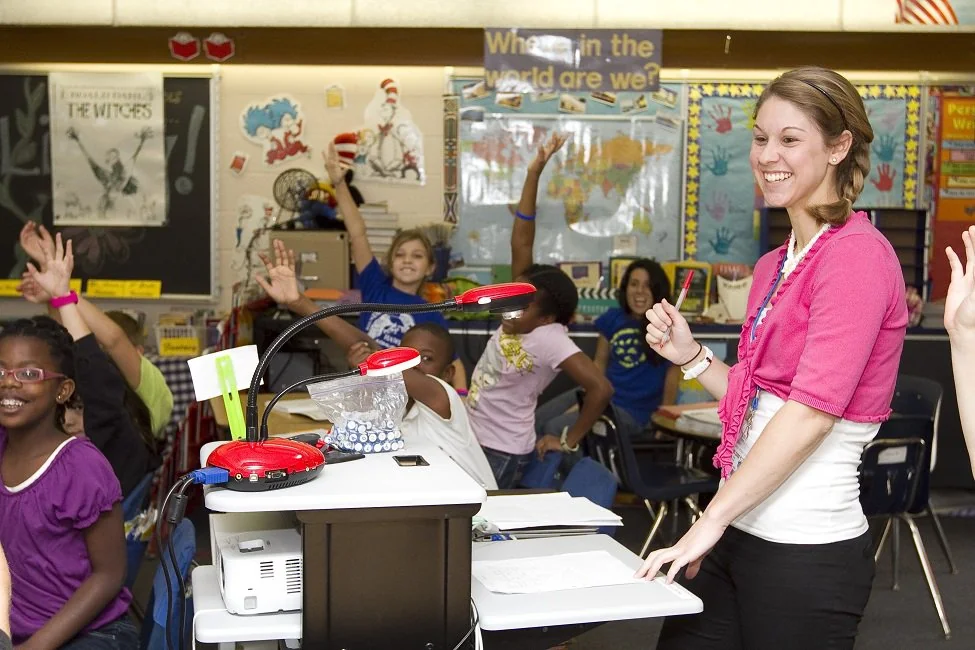
Image source: Reddit
Schools provide environments where children often work closely together in groups, participate in reading circles, or engage in physical activities. This close proximity creates opportunities for head lice to spread from one child to another, especially when heads come into direct contact during play or collaborative learning activities.
33. Sleepovers or camps
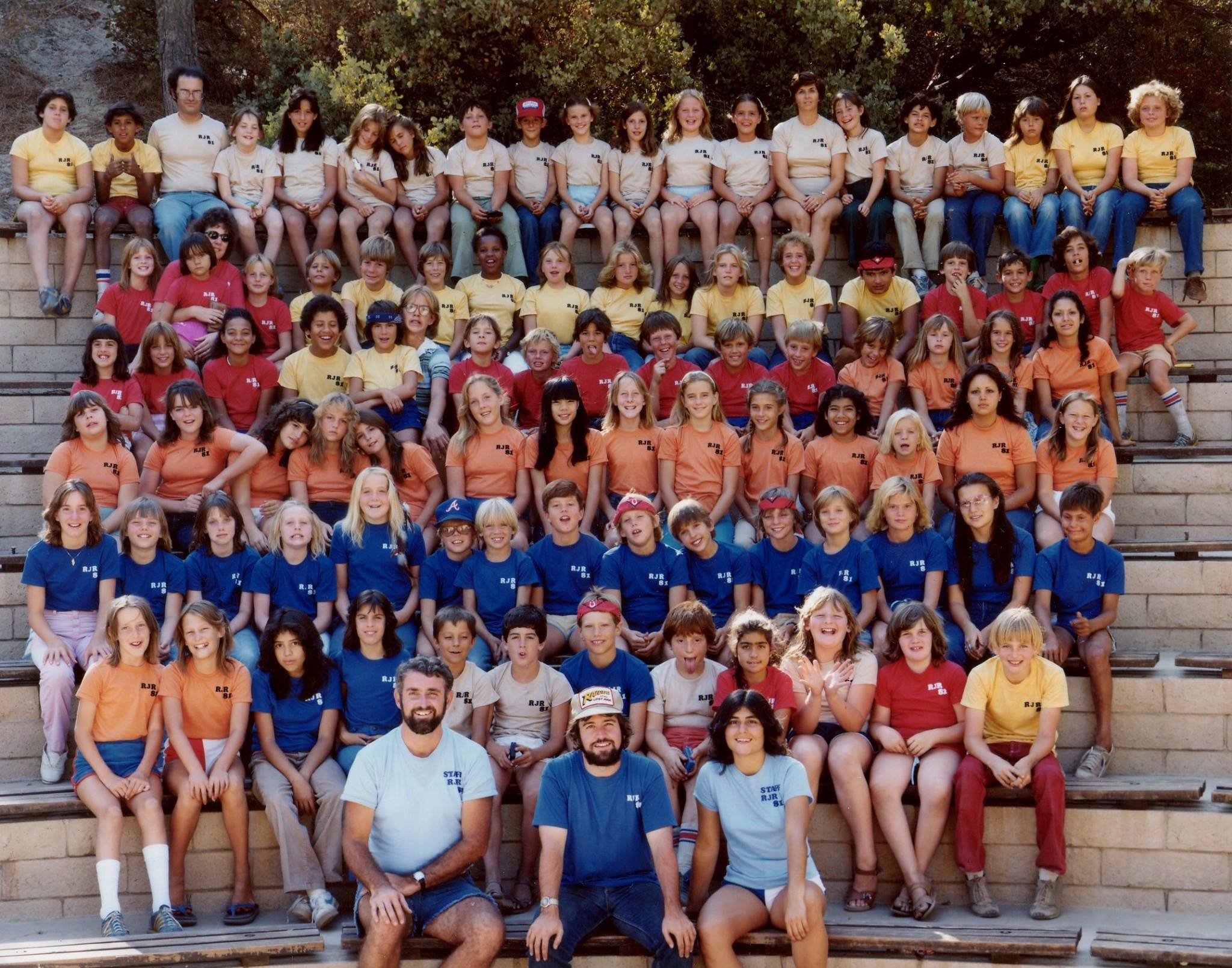
Image source: Reddit
Sleepovers, camps, or other overnight activities where children share sleeping quarters, pillows, blankets, or towels can facilitate the spread of head lice. Lice can easily transfer from one person to another through direct contact or shared bedding, particularly when children sleep in close proximity to each other.
34. Use of infested furniture or upholstery
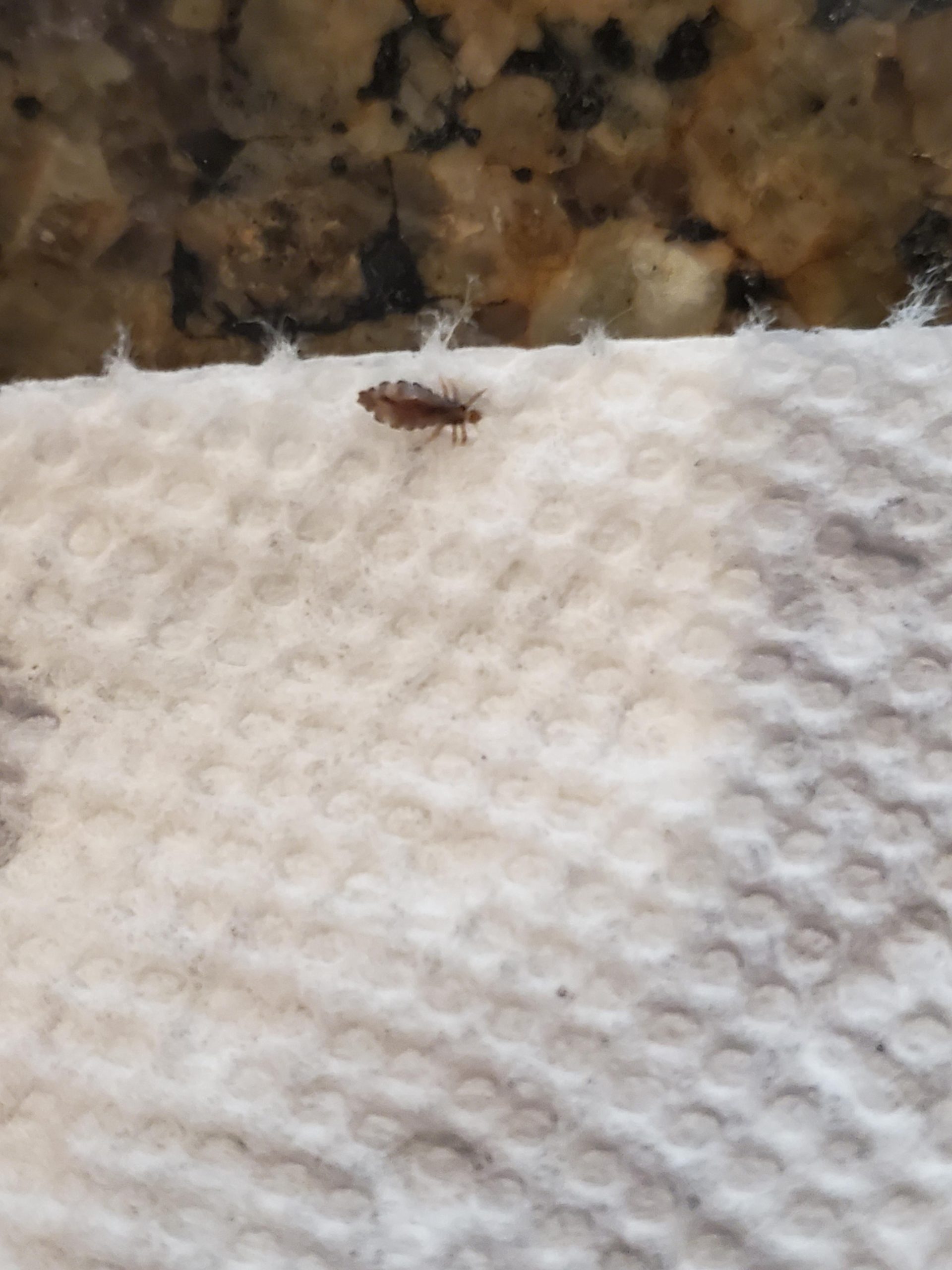
Image source: Reddit
Infested furniture or upholstery can serve as reservoirs for lice and facilitate their transmission to new hosts. When children sit on or use furniture that has been in contact with an infested person, lice can crawl onto fabric surfaces and wait for an opportunity to transfer to a new host upon contact.
35. Trying on clothing

Image source: Reddit
Trying on clothing, especially hats or outerwear, without proper hygiene precautions can lead to the transmission of head lice. Lice or nits may be present on clothing items in stores or among friends, and they can easily transfer to a child's head when clothing is tried on without sufficient care.
36. Using shared spaces
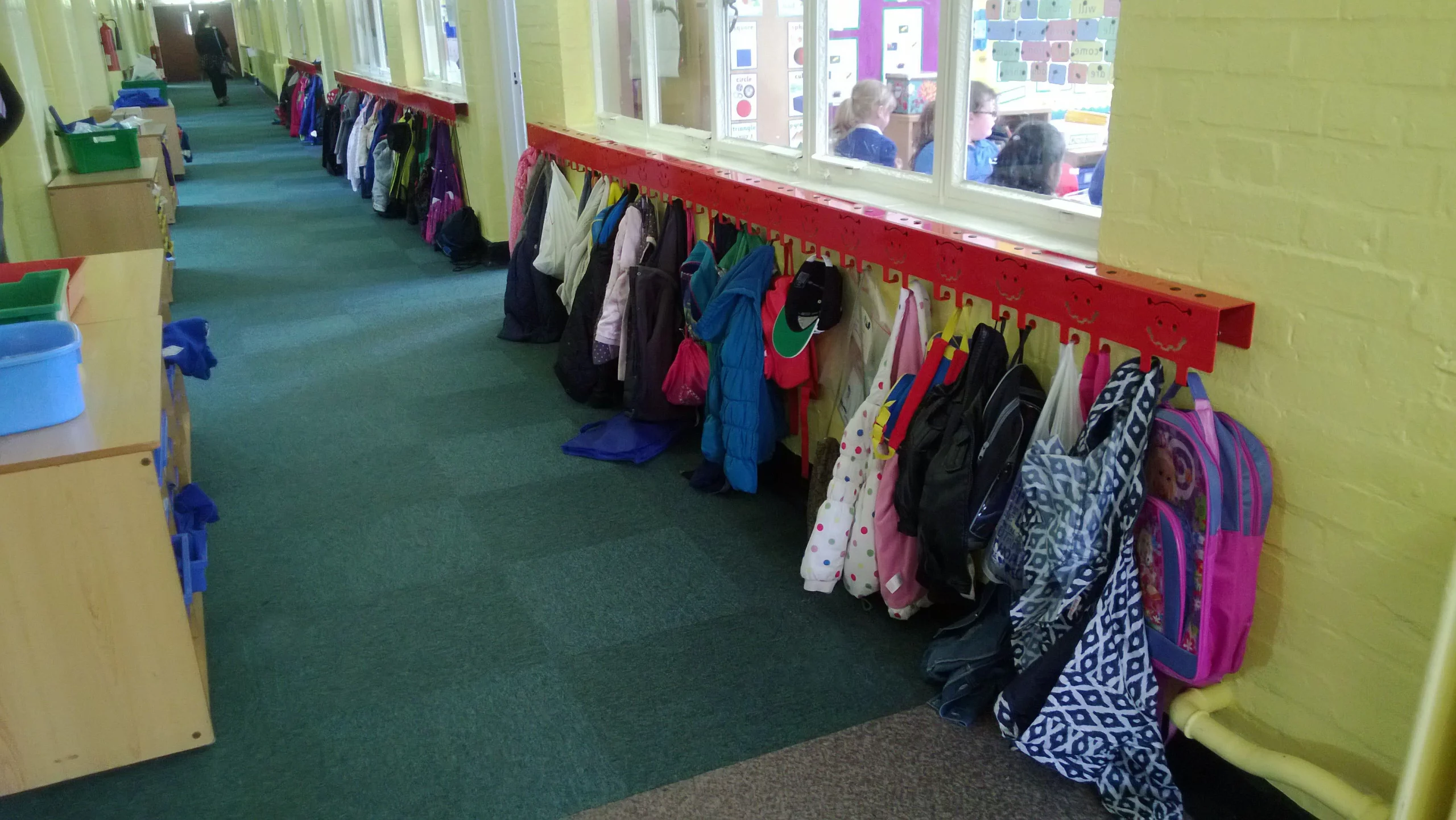
Image source: Reddit
Shared spaces such as lockers, cubbies, or coat racks where personal items are stored in close proximity can facilitate the spread of head lice. Lice can transfer from one item to another when they come into contact with shared surfaces, increasing the risk of transmission among children who use these spaces.
37. Hair salons or barber shops
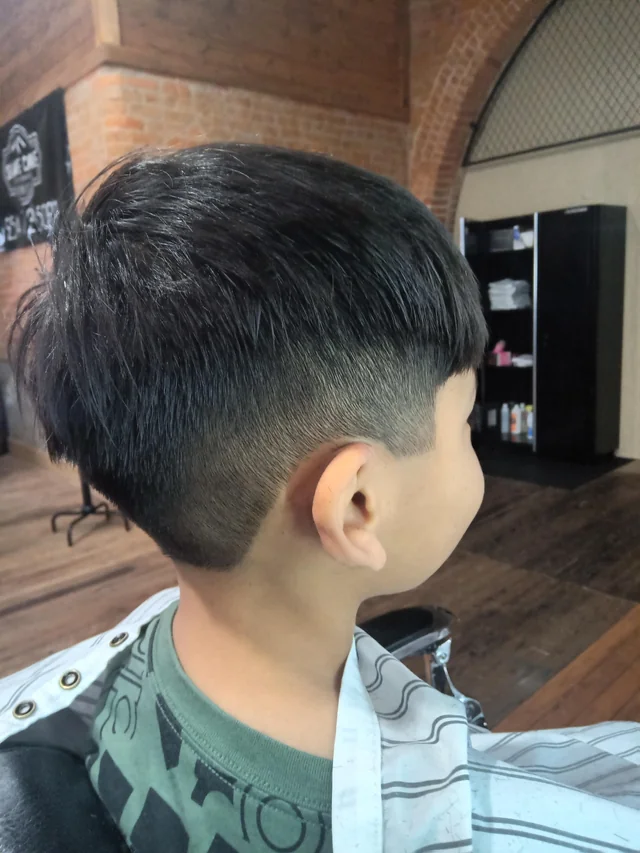
Image source: Reddit
Hair salons or barbershops where tools and equipment are shared among clients pose a risk for head lice transmission. Infrequent cleaning or disinfection of hair styling tools, such as brushes, combs, or hair clippers, can allow lice to survive and transfer from one client to another during hair grooming sessions.
38. Direct head-to-head contact
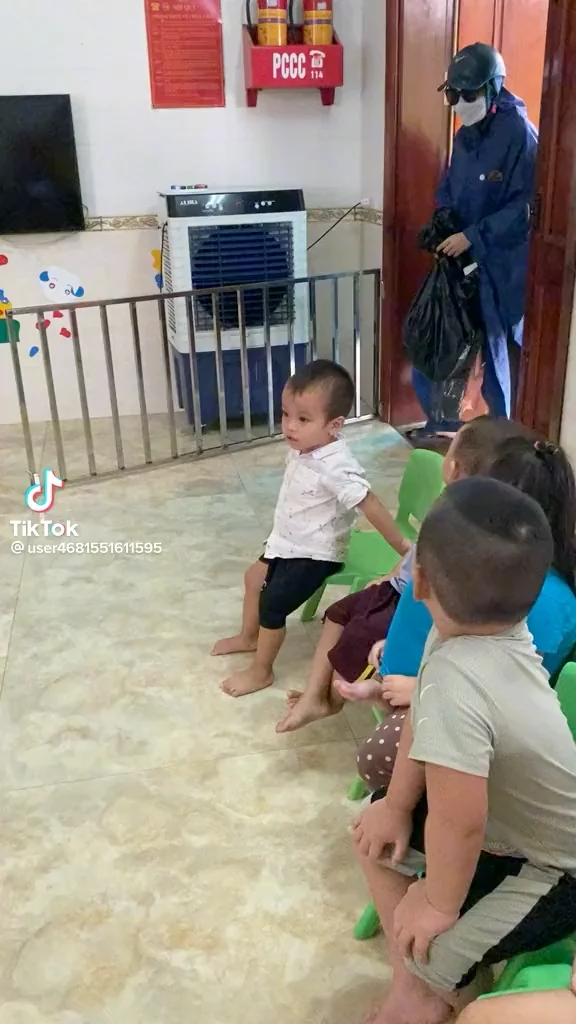
Image source: Quora
Close physical contact with an infested person's head is the primary mode of head lice transmission. This can occur during various activities where children play closely together, such as during recess, group projects, sports events, or even while watching movies together. Lice can easily move from one head to another when they come into direct contact, especially when children's heads touch.
39. Public transportation such as school buses
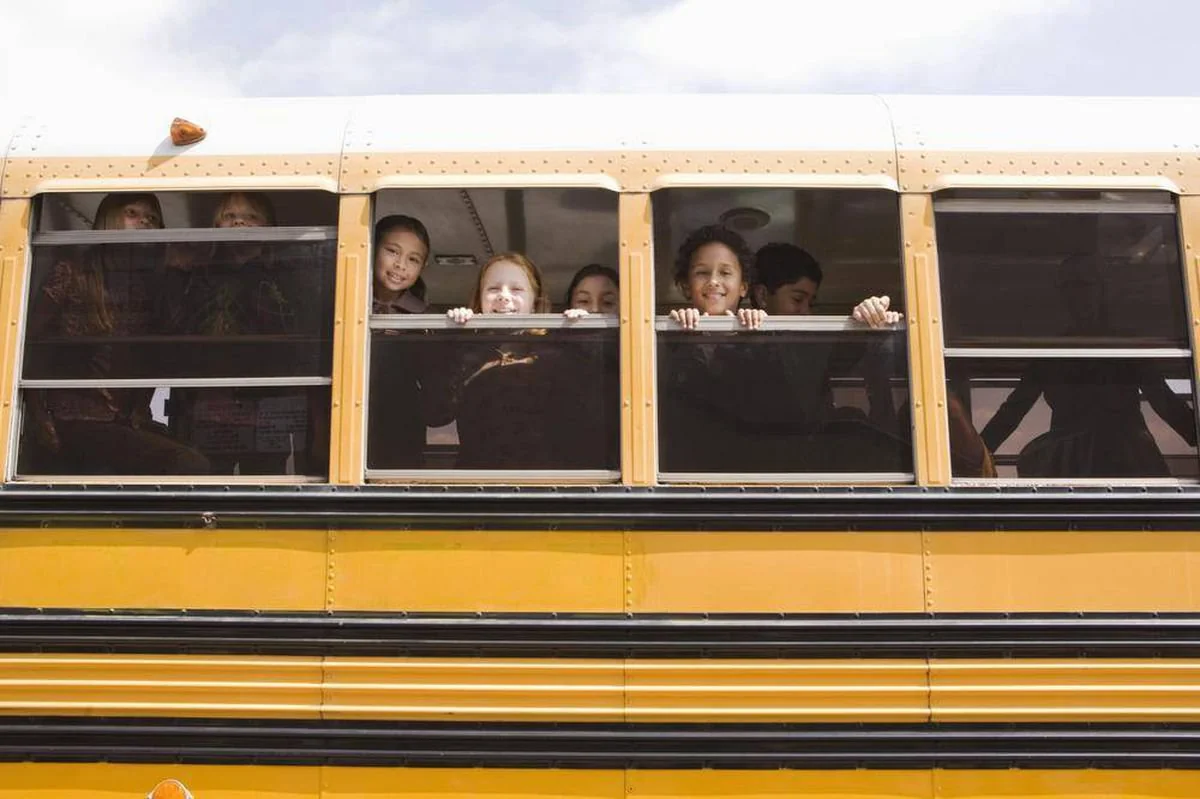
Image source: Reddit
Public transportation, such as buses, trains, or airplanes, often involves close quarters where passengers may sit or stand in proximity to each other. In these confined spaces, individuals may inadvertently come into contact with surfaces where lice can be present.
40. Catch lice from family members
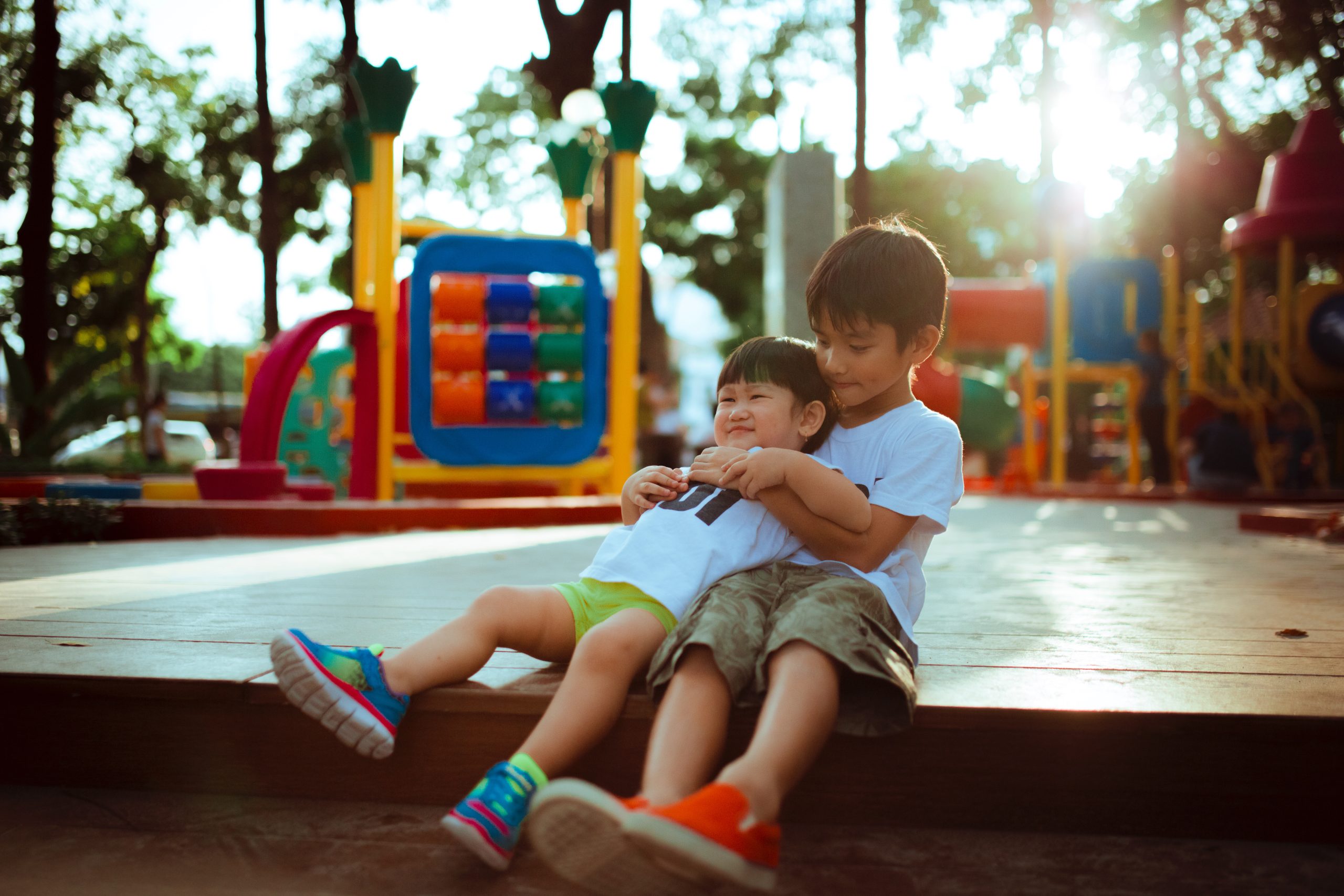
Image source: BuzzFeed
Close contact among family members, particularly siblings, parents, or caregivers, can facilitate the spread of head lice within households. Family members may share personal items such as hairbrushes, combs, towels, bedding, or clothing, providing opportunities for lice to transfer from one individual to another.
41. Tips on how to get rid of head lice - Over-the-counter lice treatments
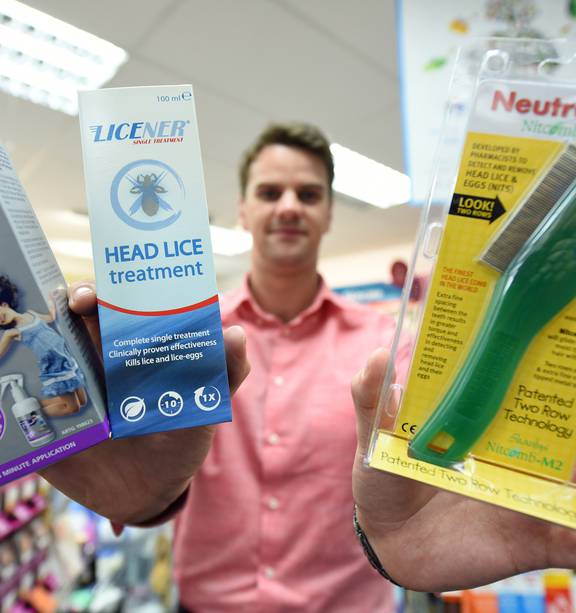
Image source: NZ Herald
Over-the-counter (OTC) lice treatments are widely available and often contain active ingredients such as permethrin or pyrethrin, which are insecticides that kill lice. These treatments are available in the form of shampoos, creams, or lotions. It's important to carefully follow the instructions provided with the product.
42. Prescription medications for severe cases
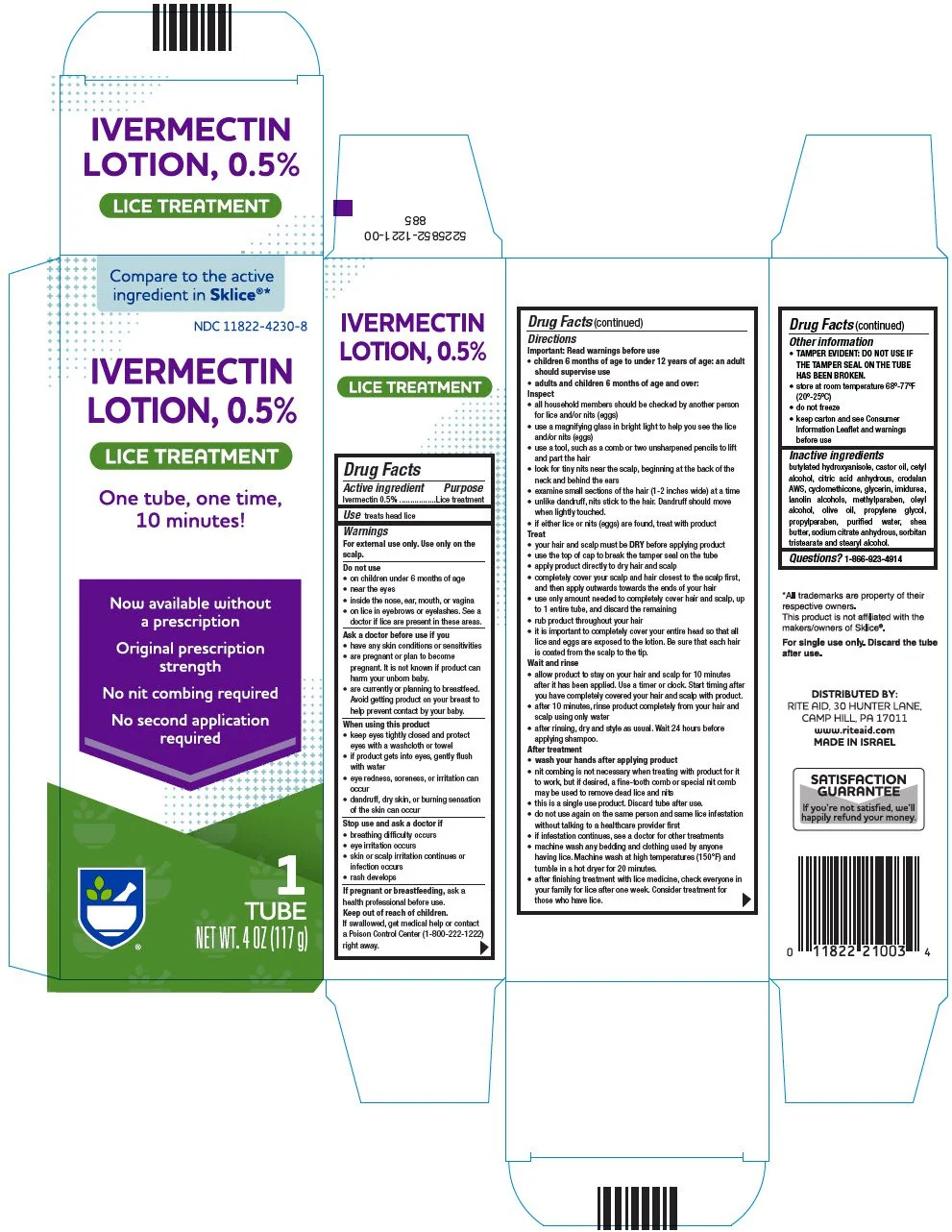
Image source: Reddit
In cases of severe infestation or when over-the-counter treatments fail to effectively eliminate lice, healthcare providers may prescribe stronger medications such as malathion or benzyl alcohol. These prescription medications may offer alternative treatment options for individuals with resistant strains of lice or those who do not respond to OTC treatments.
43. Use a fine-toothed lice comb
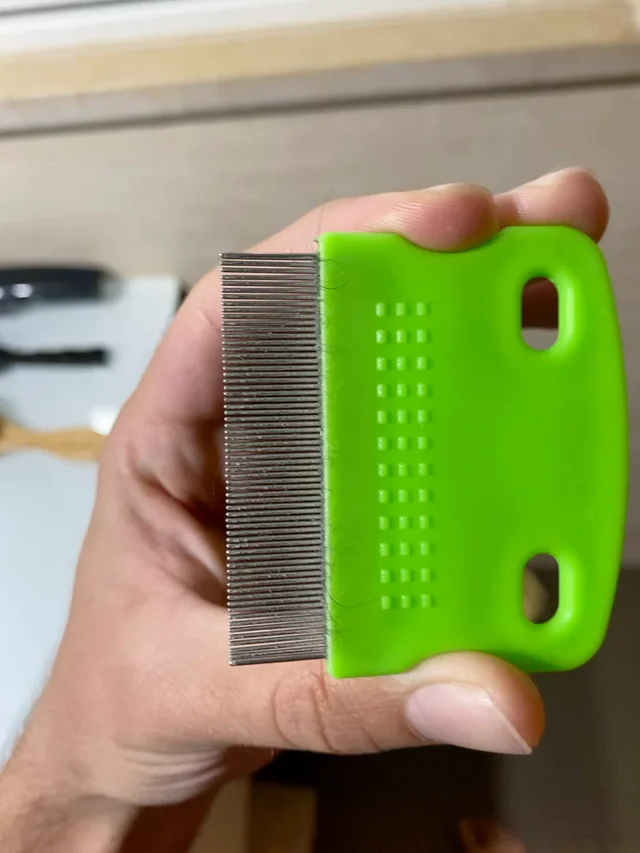
Image source: Reddit
A fine-toothed lice comb is an essential tool for removing lice and nits from the hair. Wetting the hair with conditioner can help make combing easier and reduce hair breakage. Sectioning the hair and systematically combing through each section helps ensure thorough removal of lice and nits.
44. Manual removal!
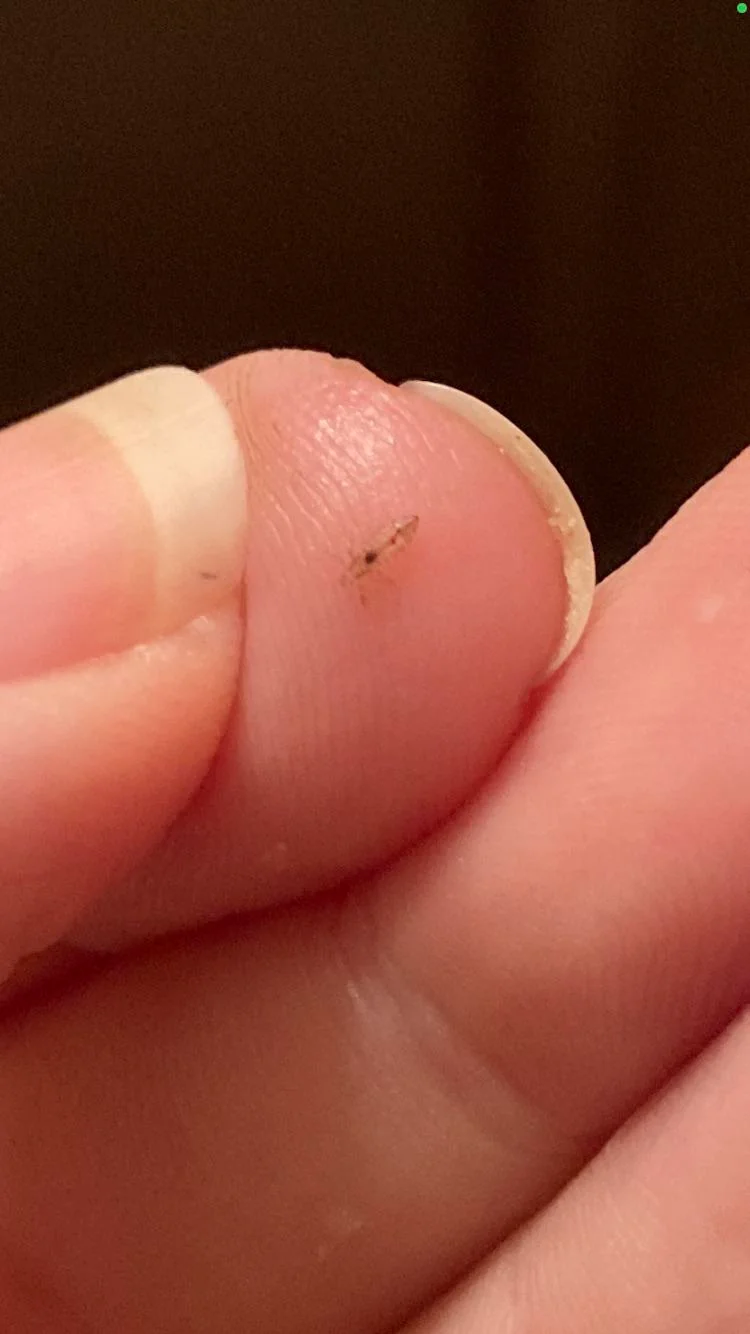
Image source: Reddit
Manual removal of lice and nits involves using your fingers or a fine-toothed comb to carefully pull them out of the hair. This method requires patience and diligence but can be effective, particularly for individuals who prefer non-chemical treatment options or have concerns about using insecticides on their scalp.
45. Petroleum jelly or olive oil
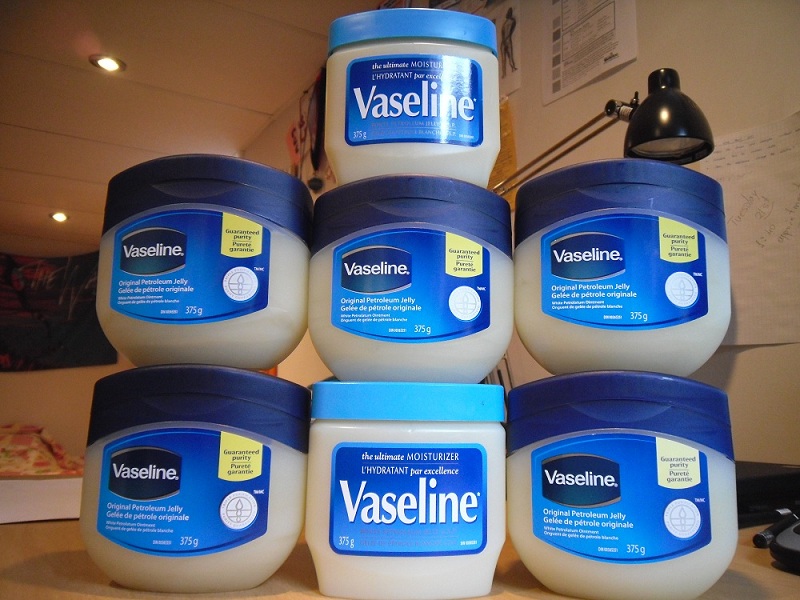
Image source: Reddit
Applying petroleum jelly or olive oil to the scalp and hair, covering it with a shower cap overnight, and washing it out in the morning can suffocate and loosen lice, making them easier to comb out. This natural approach is gentle on the scalp and can be an effective adjunct to other treatment methods.
46. Essential oils such as tea tree oil
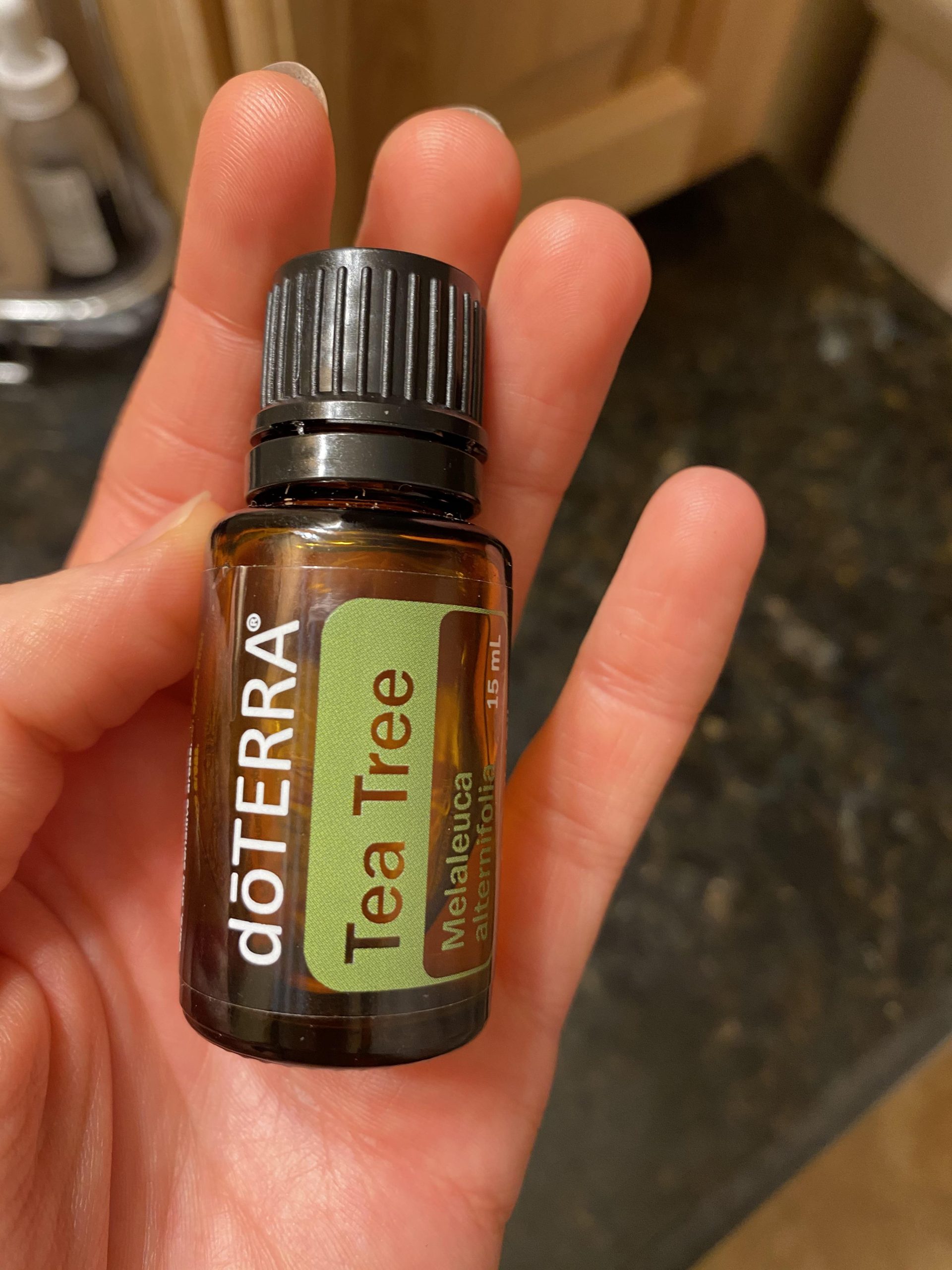
Image source: Reddit
Some essential oils, such as tea tree oil, lavender oil, or neem oil, have been shown to have repellent or suffocating effects on lice. Diluting the oil in a carrier oil and applying it to the scalp and hair may help repel lice or suffocate existing infestations. However, it's important to use essential oils cautiously.
47. Hot water washing and heat treatment
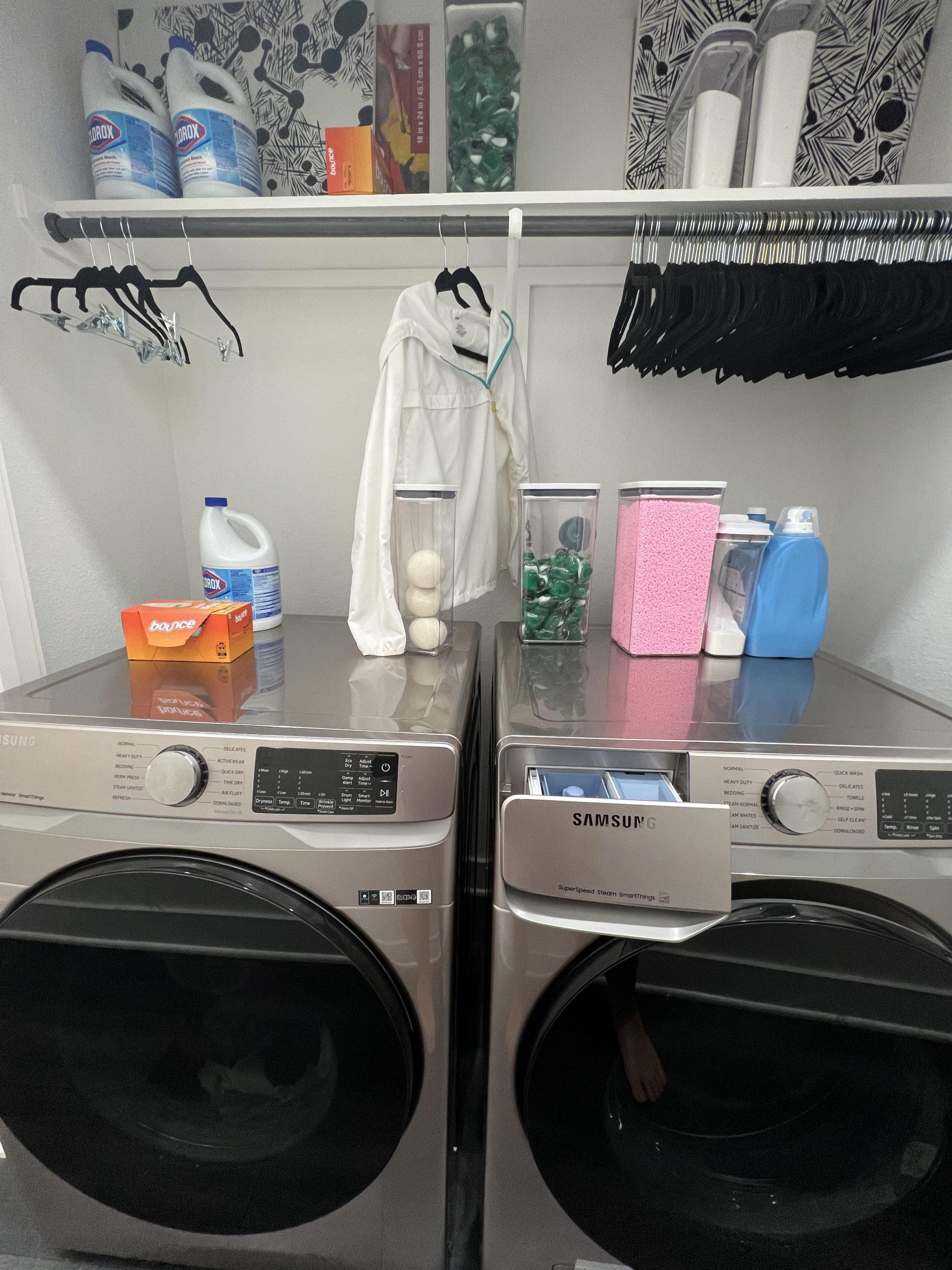
Image source: Reddit
Washing all bedding, clothing, hats, and hair accessories in hot water (at least 130°F or 54°C) and drying them on the hot cycle can kill any lice or nits present. Heat treatment is an essential step in preventing reinfestation and should be performed regularly during and after treatment for head lice.
48. Vacuuming in the house and car
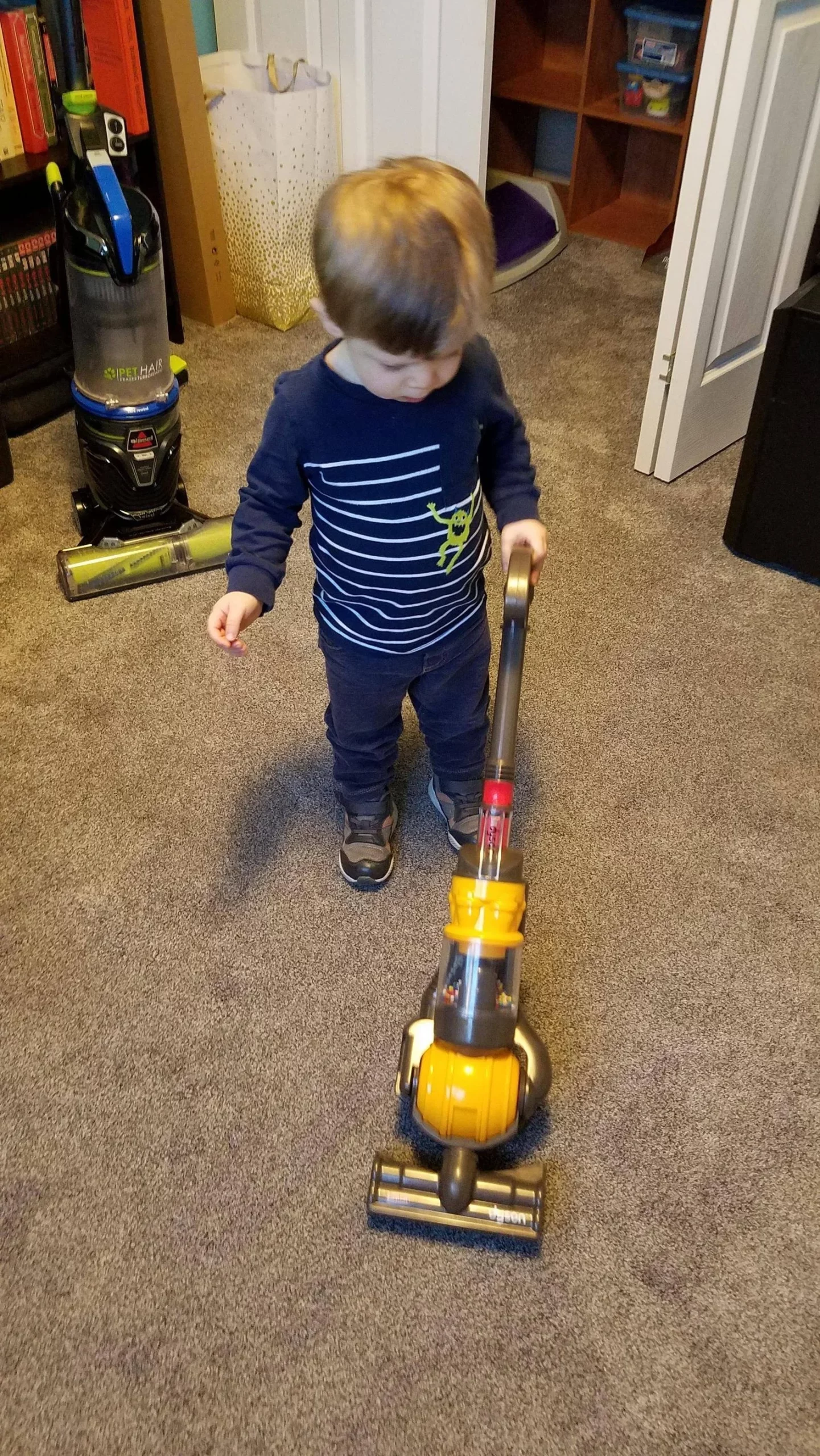
Image source: Reddit
Vacuuming upholstered furniture, carpets, car seats, and other areas where lice may have fallen off the scalp can help remove any remaining lice or nits from the environment. Regular vacuuming, particularly in areas where infested individuals spend time, can reduce the risk of reinfestation and promote a clean and lice-free environment.
49. Avoid head-to-head contact
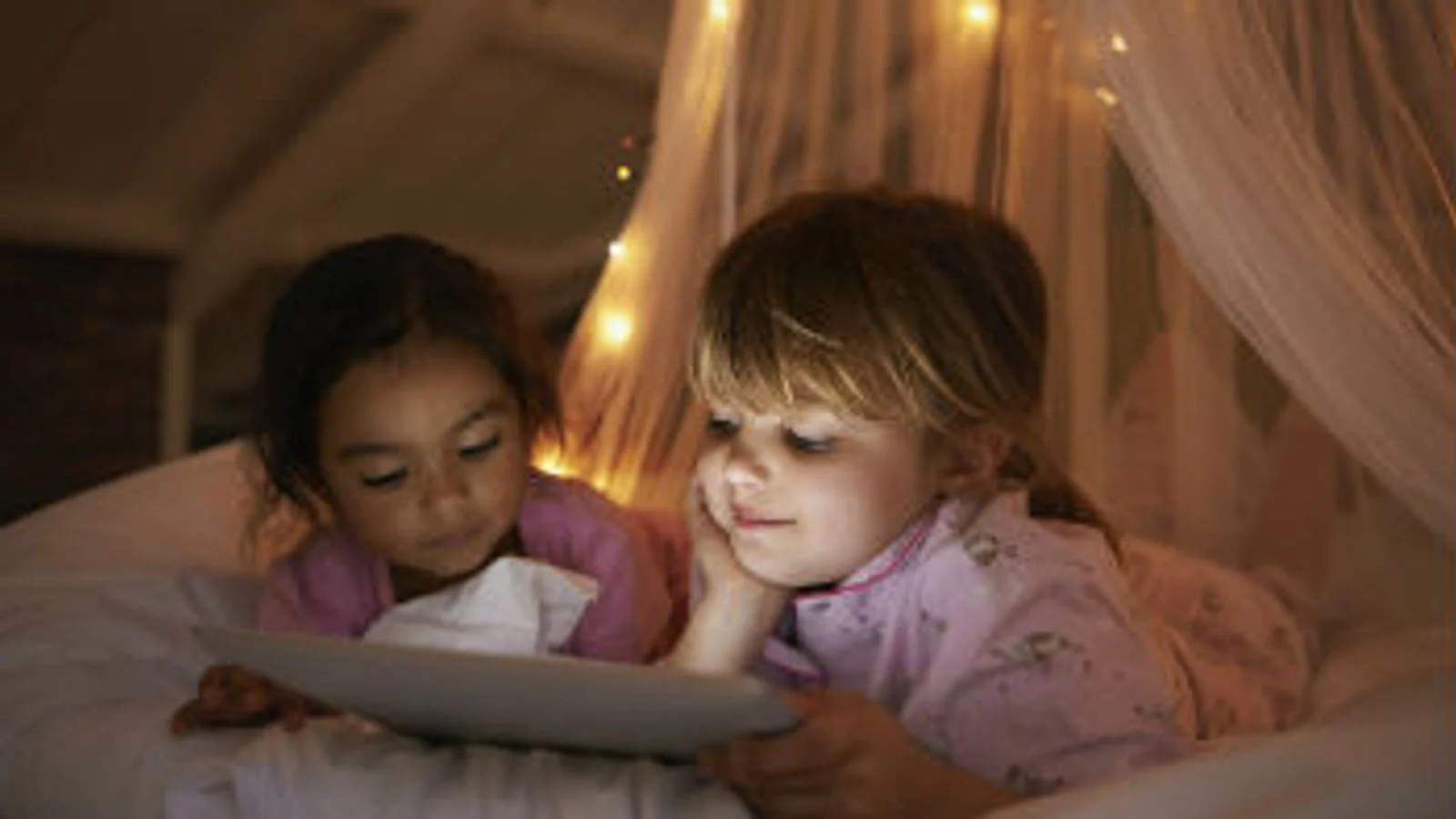
Image source: The Guardian
Encouraging children to avoid head-to-head contact with others, especially during playtime, sleepovers, or when sharing personal items like hats and hairbrushes, can help prevent the spread of head lice. You should educate children about the importance of personal hygiene and avoiding close contact with individuals who have head lice.
50. Repeat treatments and regular checks

Image source: Reddit
It's important to repeat treatments as recommended by the product instructions or healthcare provider to ensure complete eradication of lice and nits. Additionally, performing regular checks of your child's scalp and hair can help catch any reinfestation early and prevent the spread of head lice to others.











 Image source: Reddit
Image source: Reddit Image source: Reddit
Image source: Reddit











 Image sourceLice or nits may fall off the scalp and become trapped in carpets, upholstery, or other fabrics where your child spends time. Infested bedding, furniture, or rugs can serve as reservoirs for lice and nits, increasing the risk of reinfestation and complicating efforts to eradicate head lice from the home environment.
Image sourceLice or nits may fall off the scalp and become trapped in carpets, upholstery, or other fabrics where your child spends time. Infested bedding, furniture, or rugs can serve as reservoirs for lice and nits, increasing the risk of reinfestation and complicating efforts to eradicate head lice from the home environment.






















